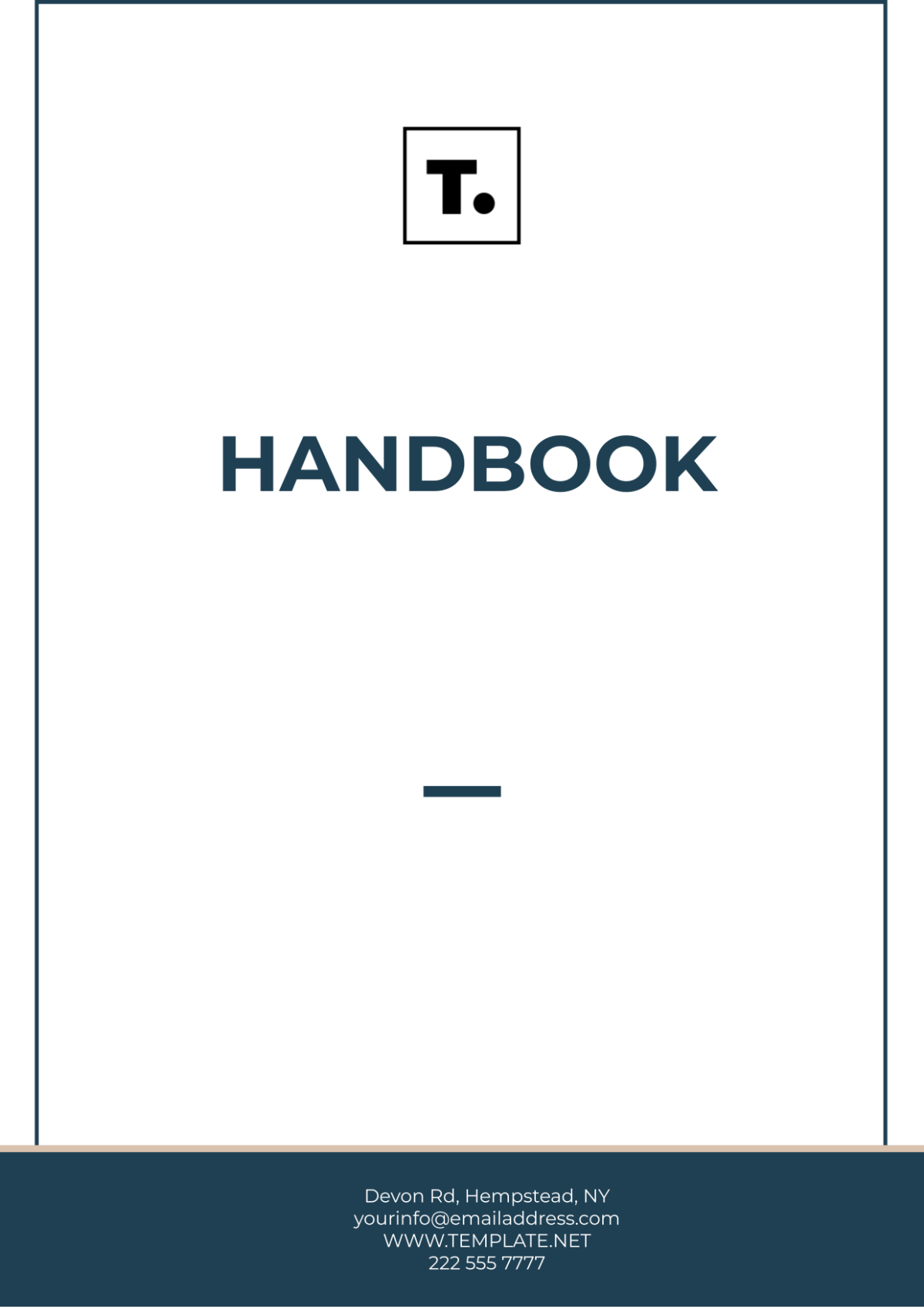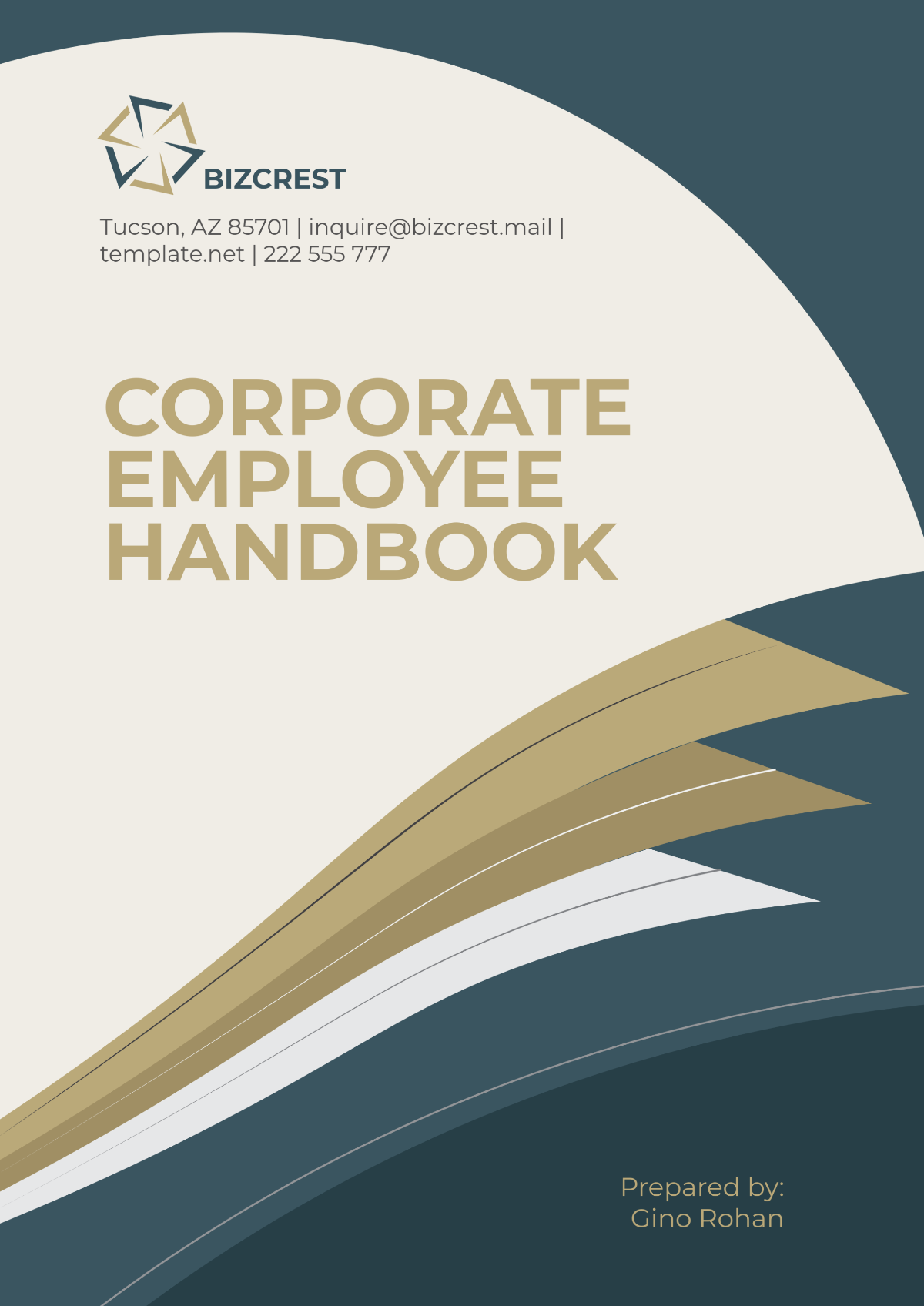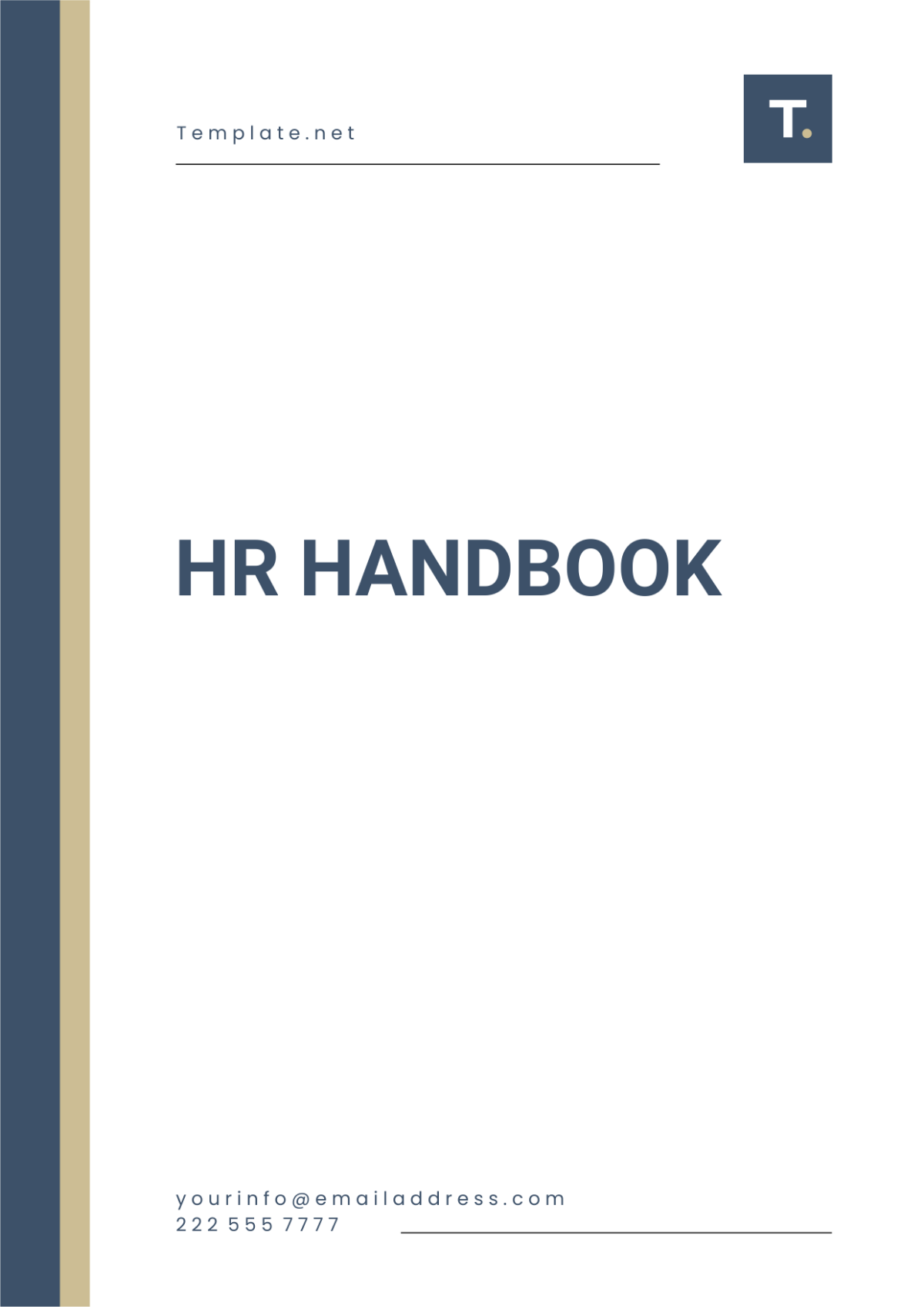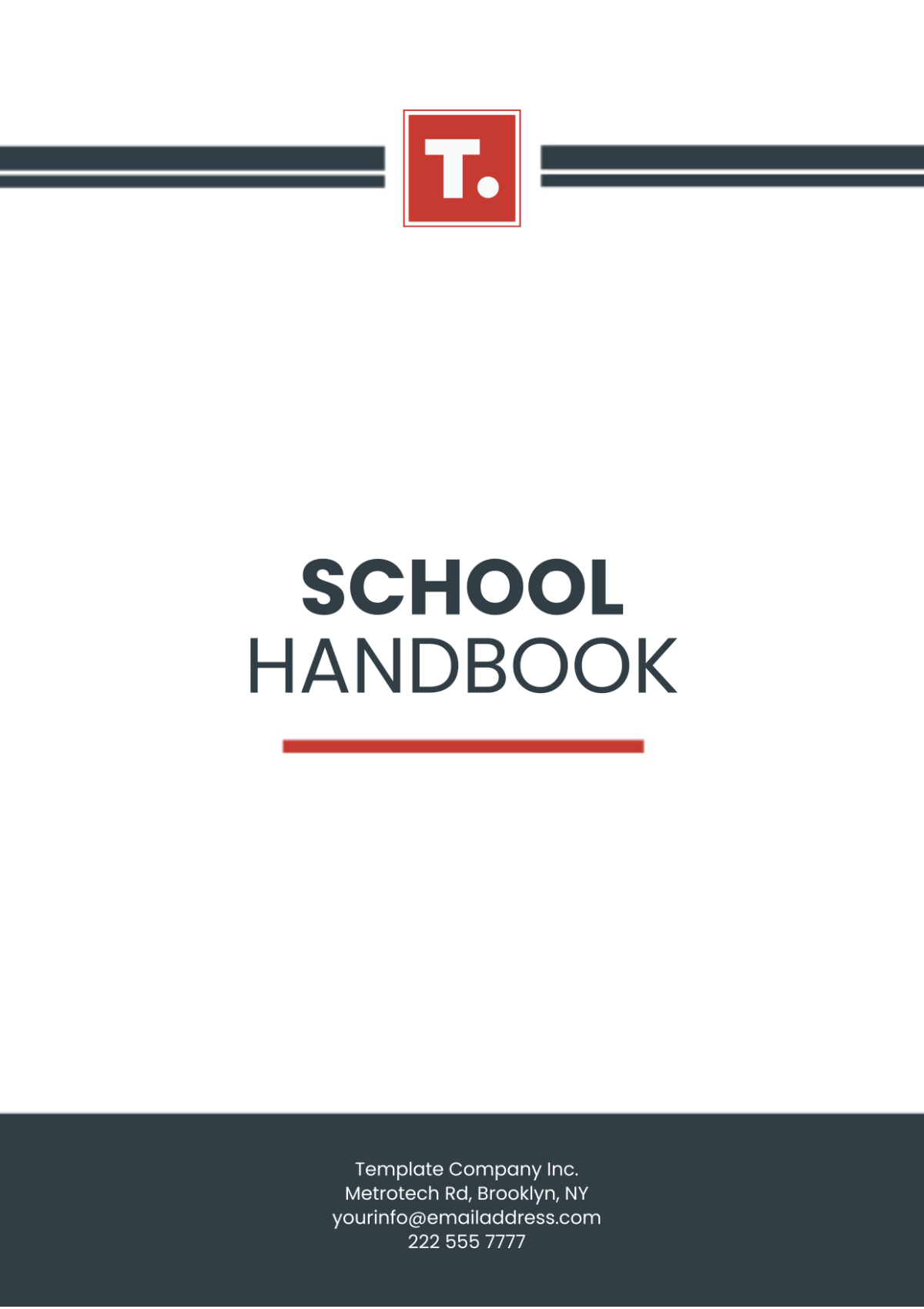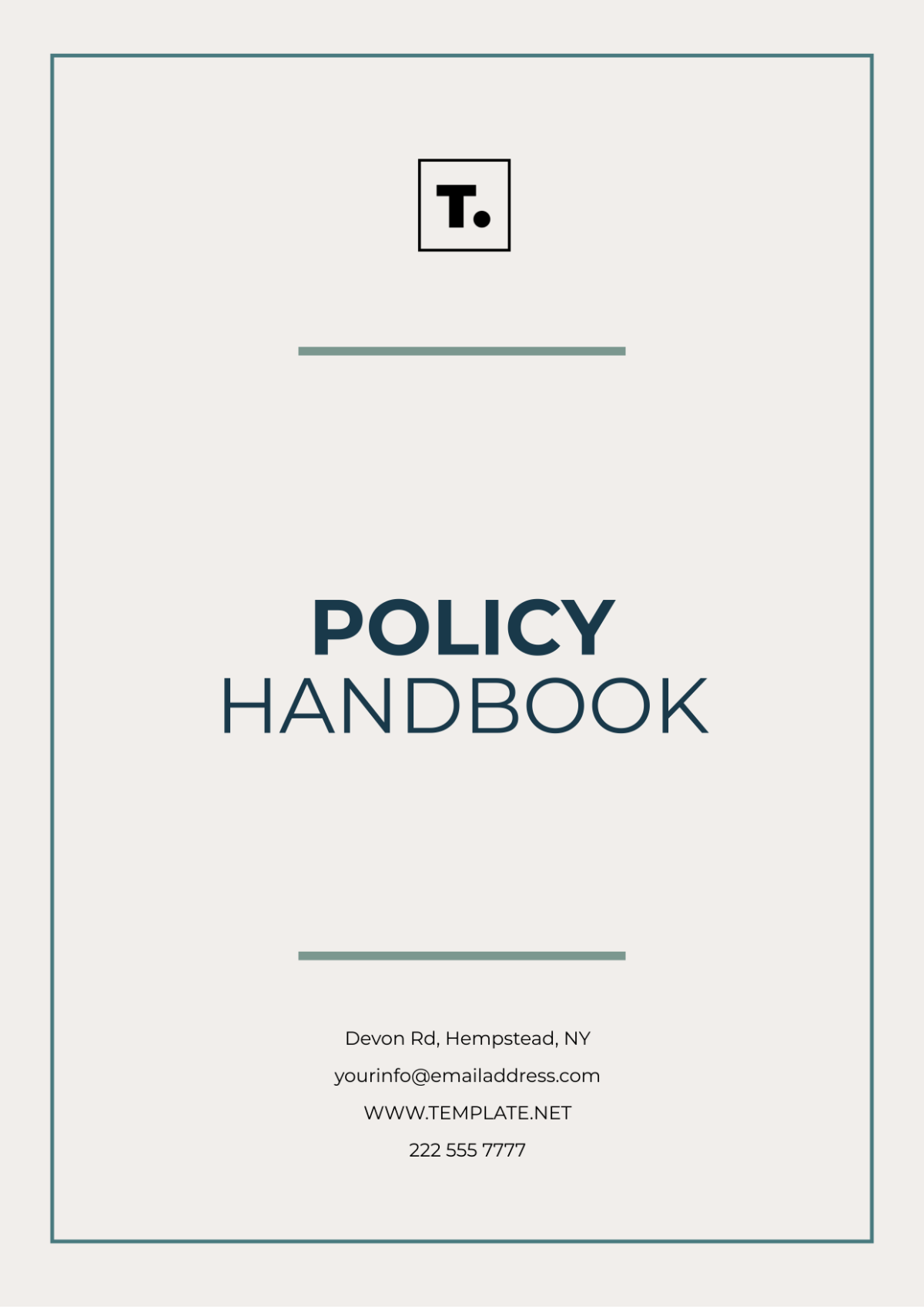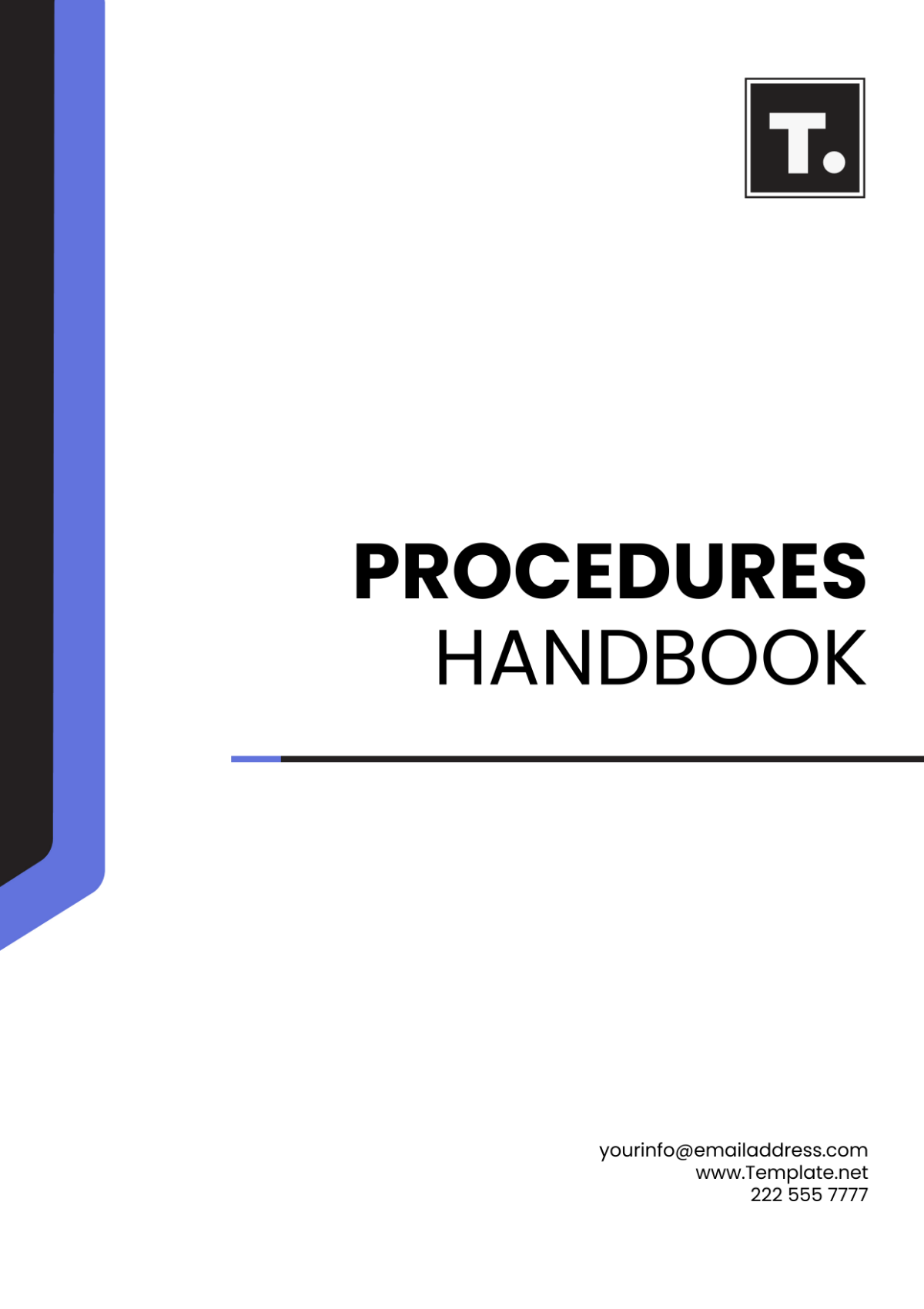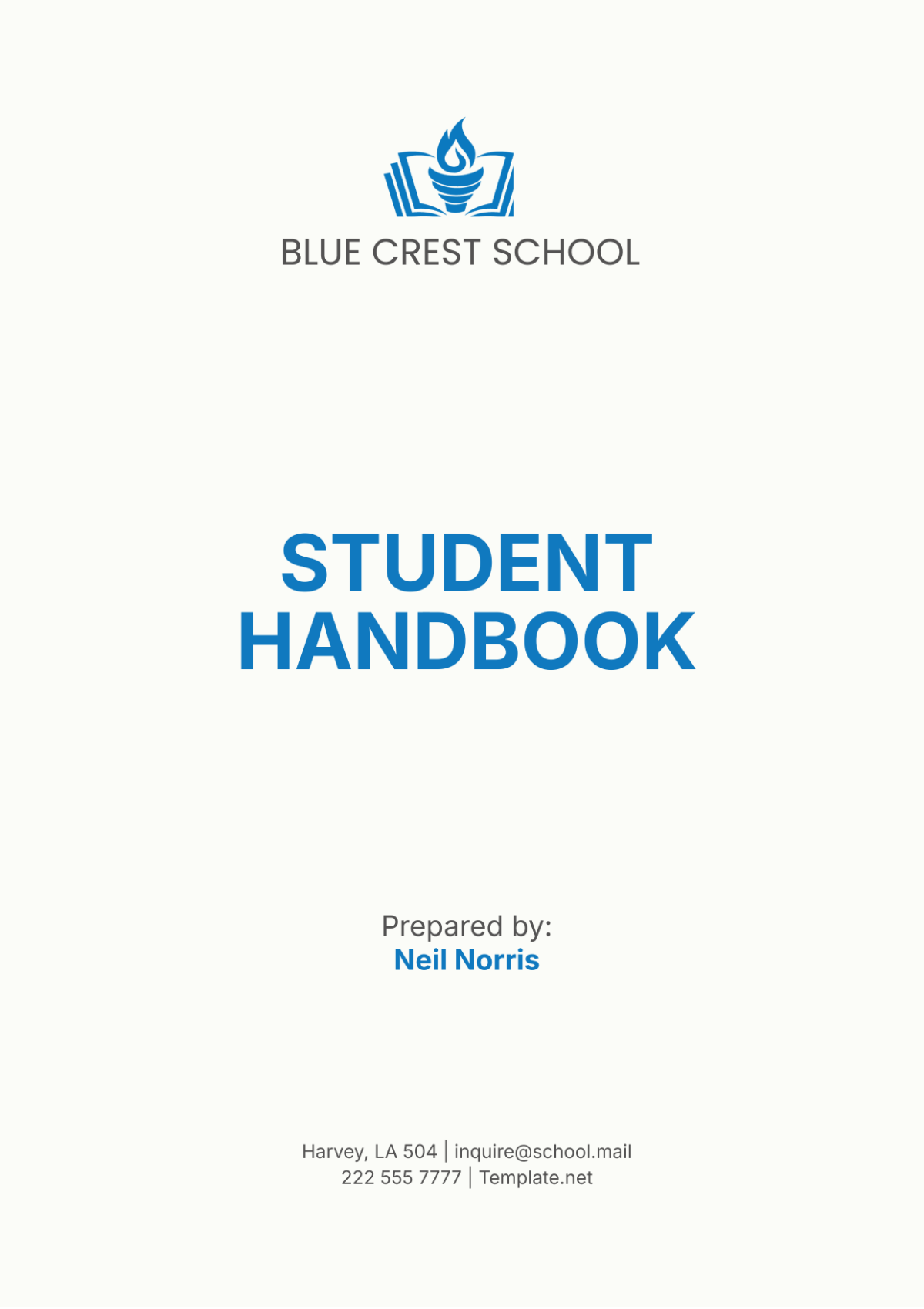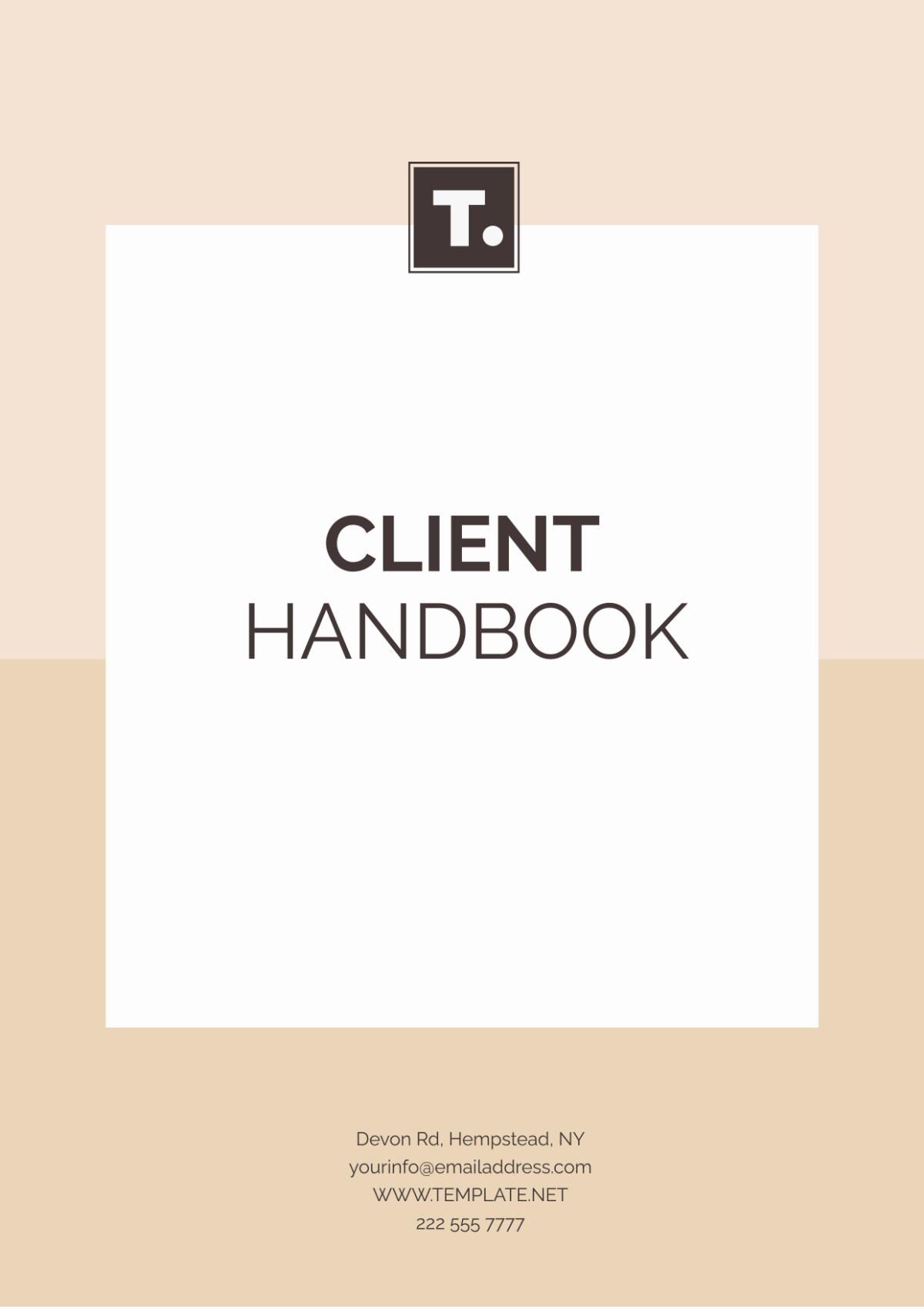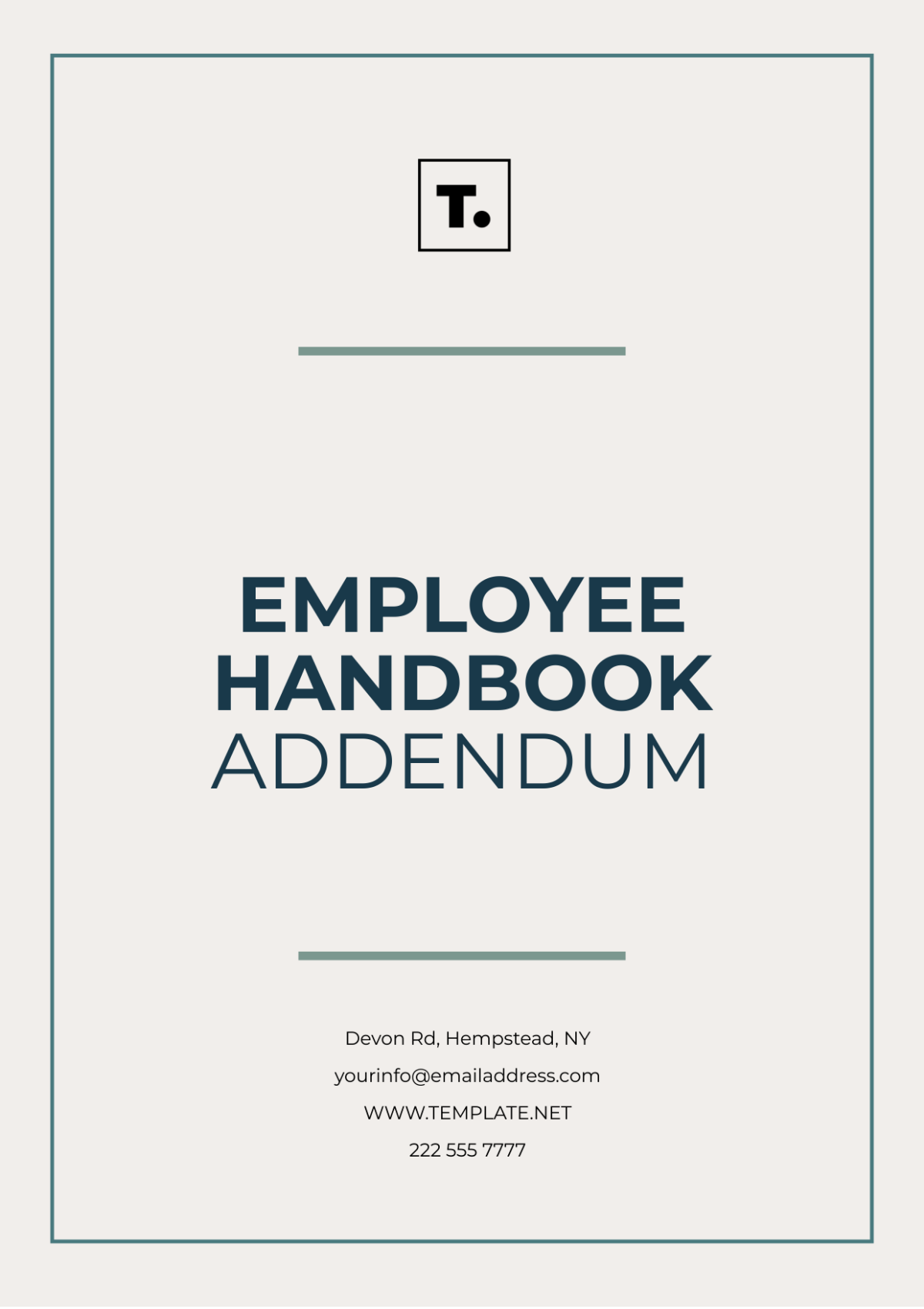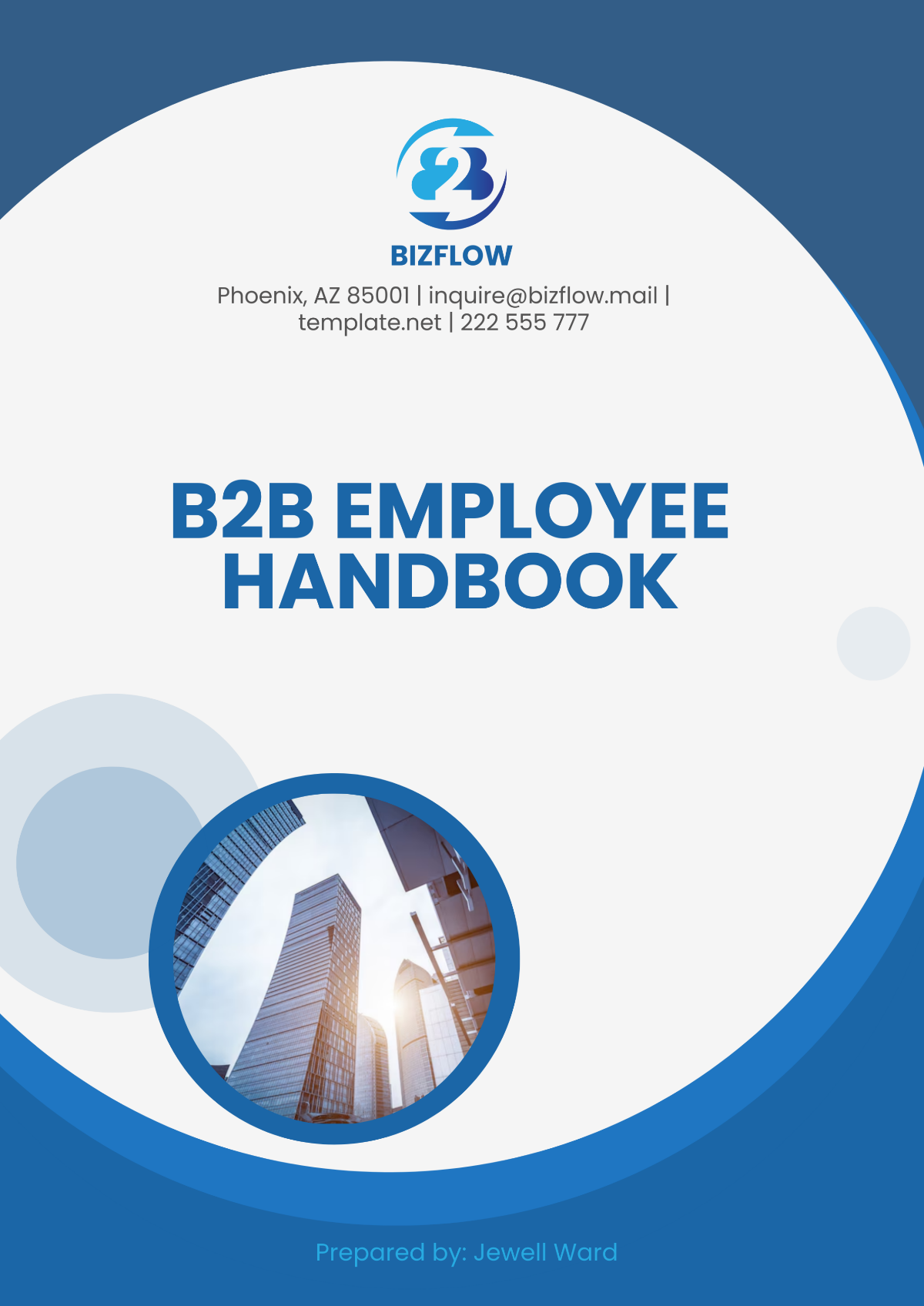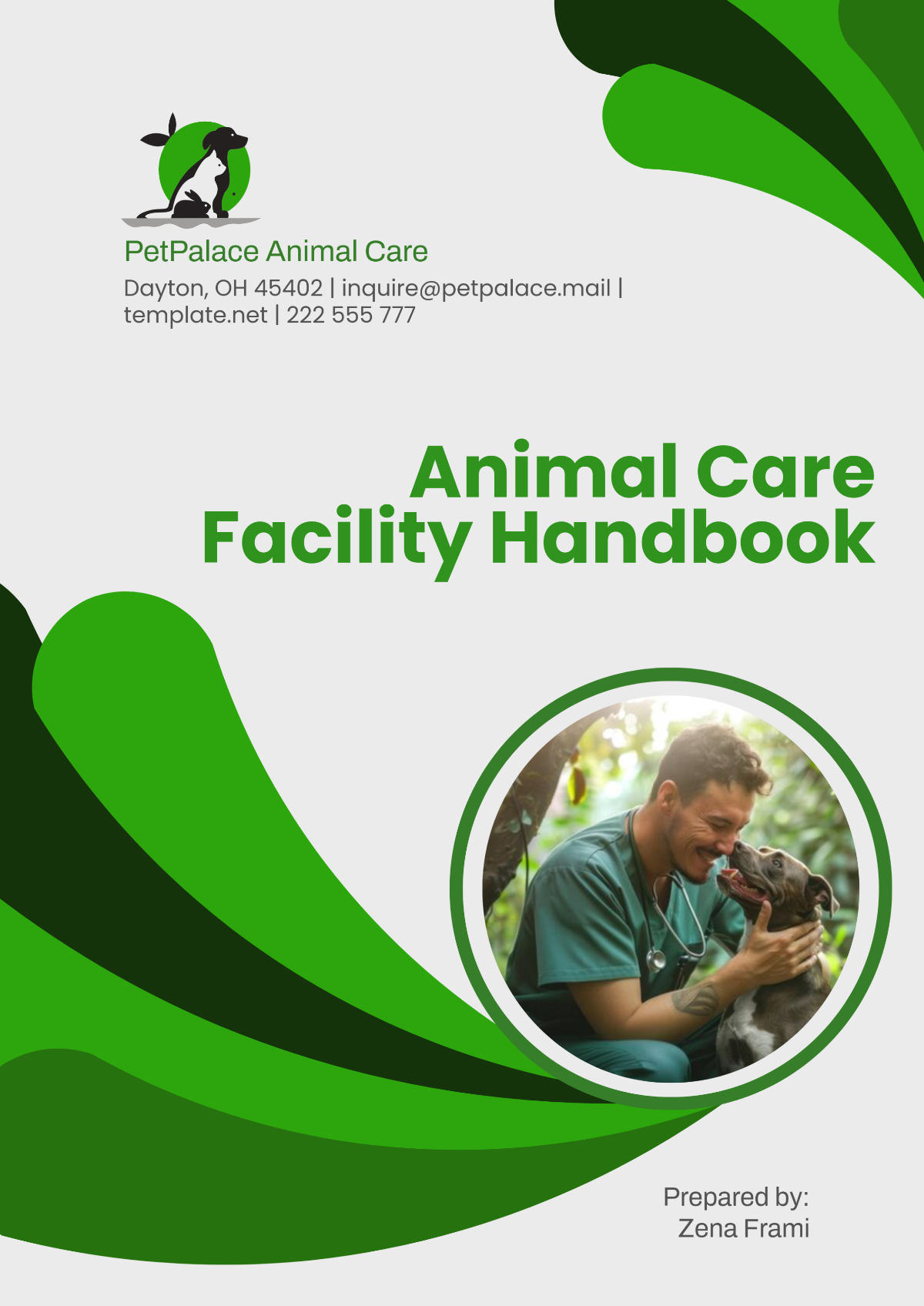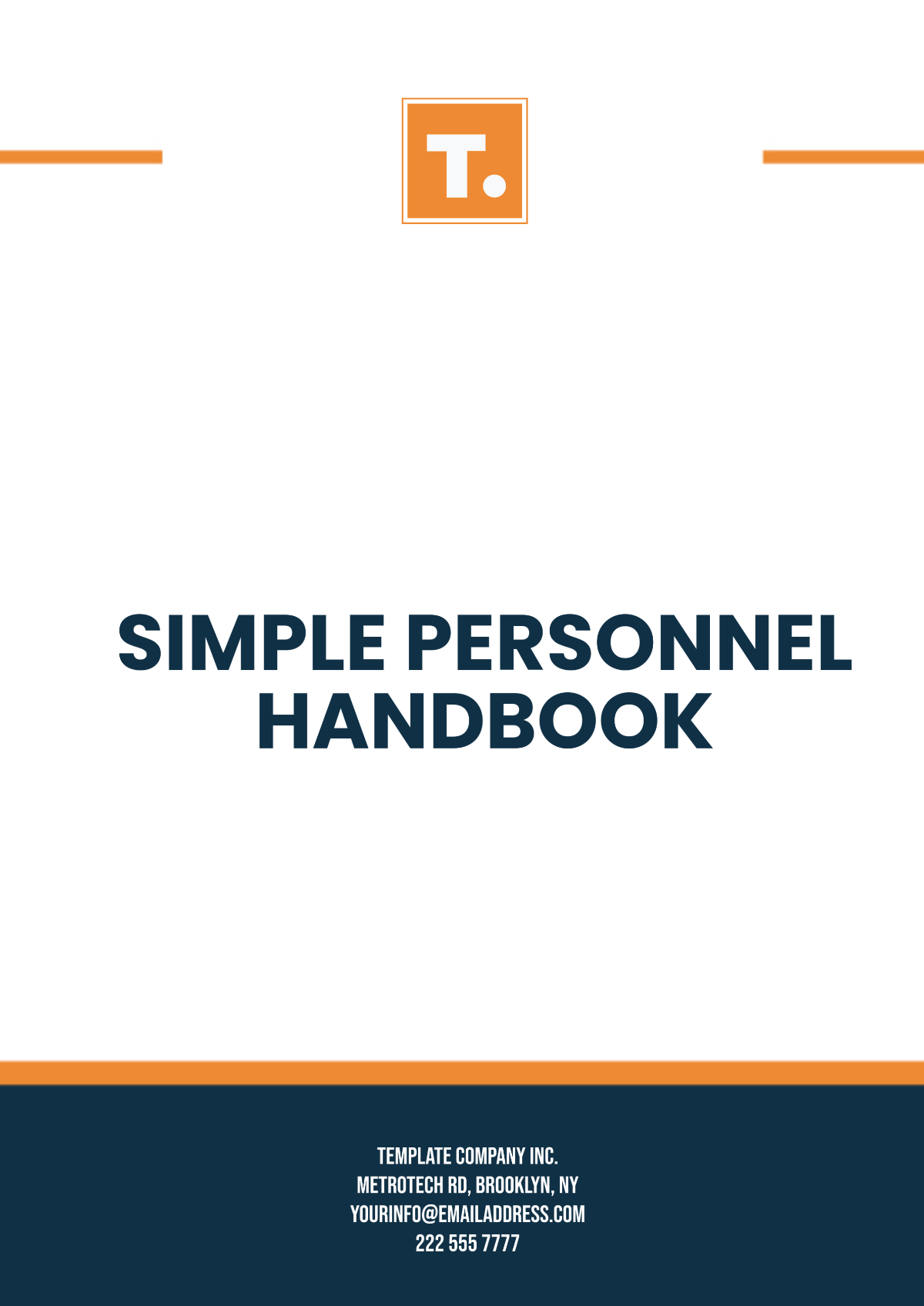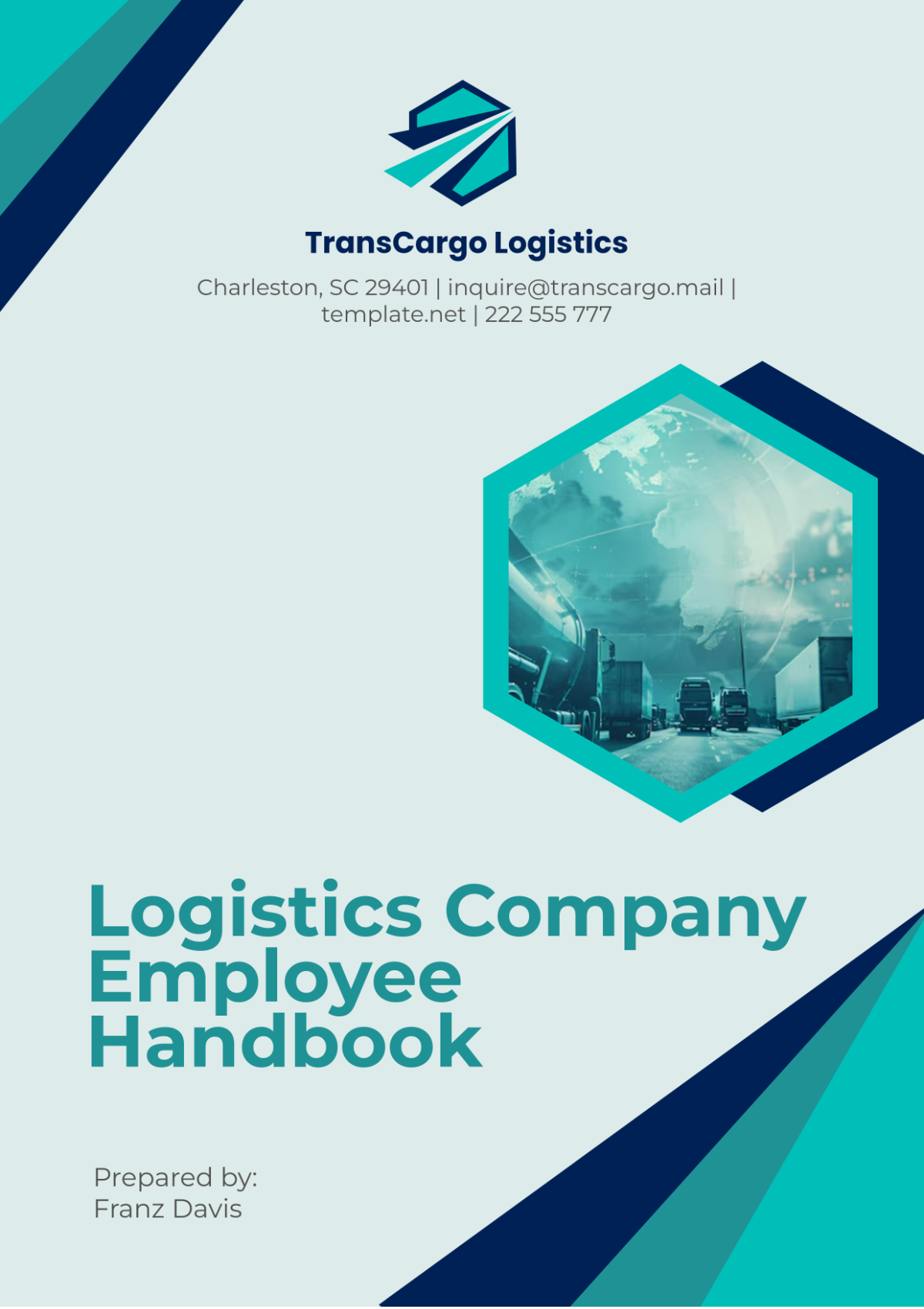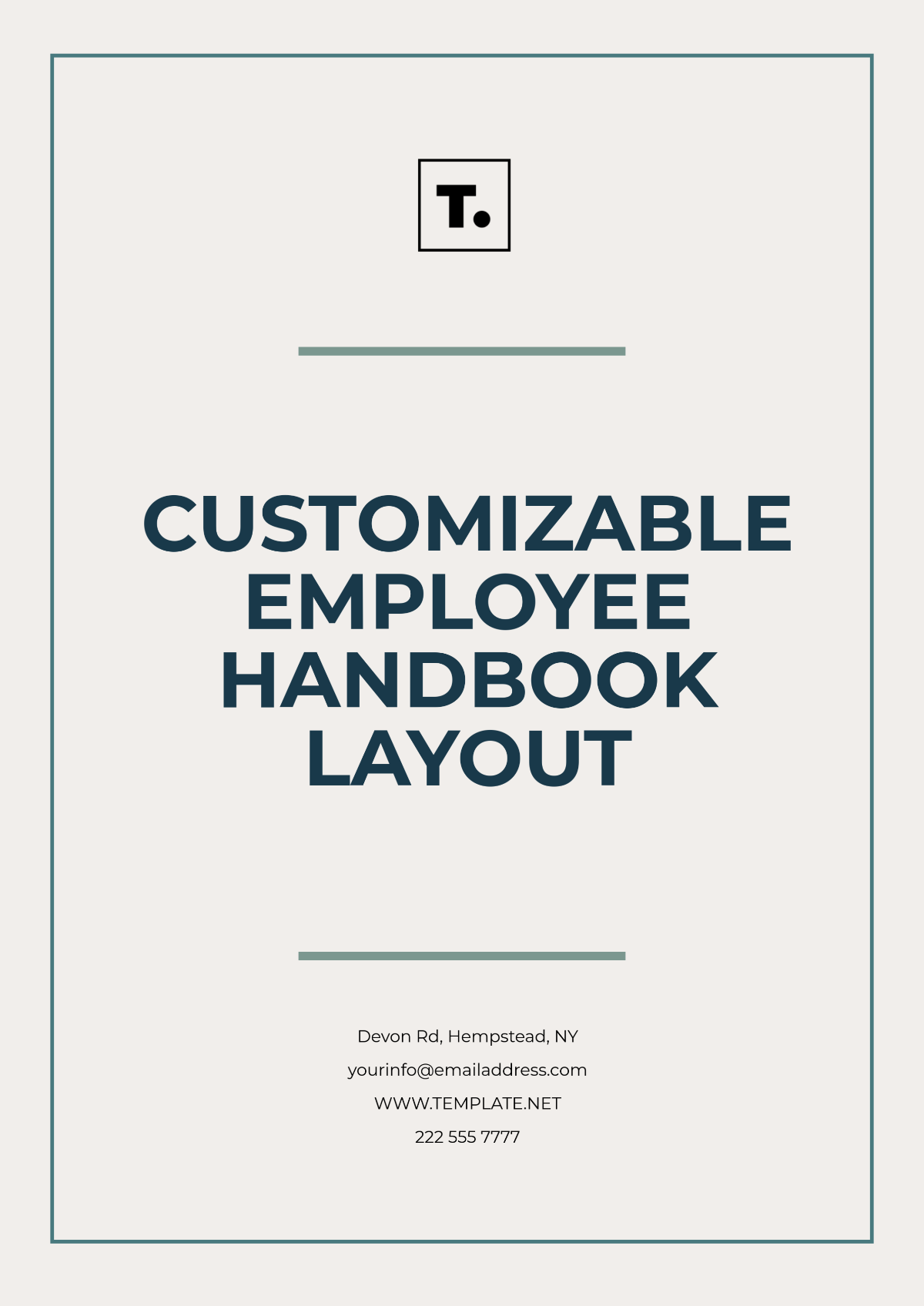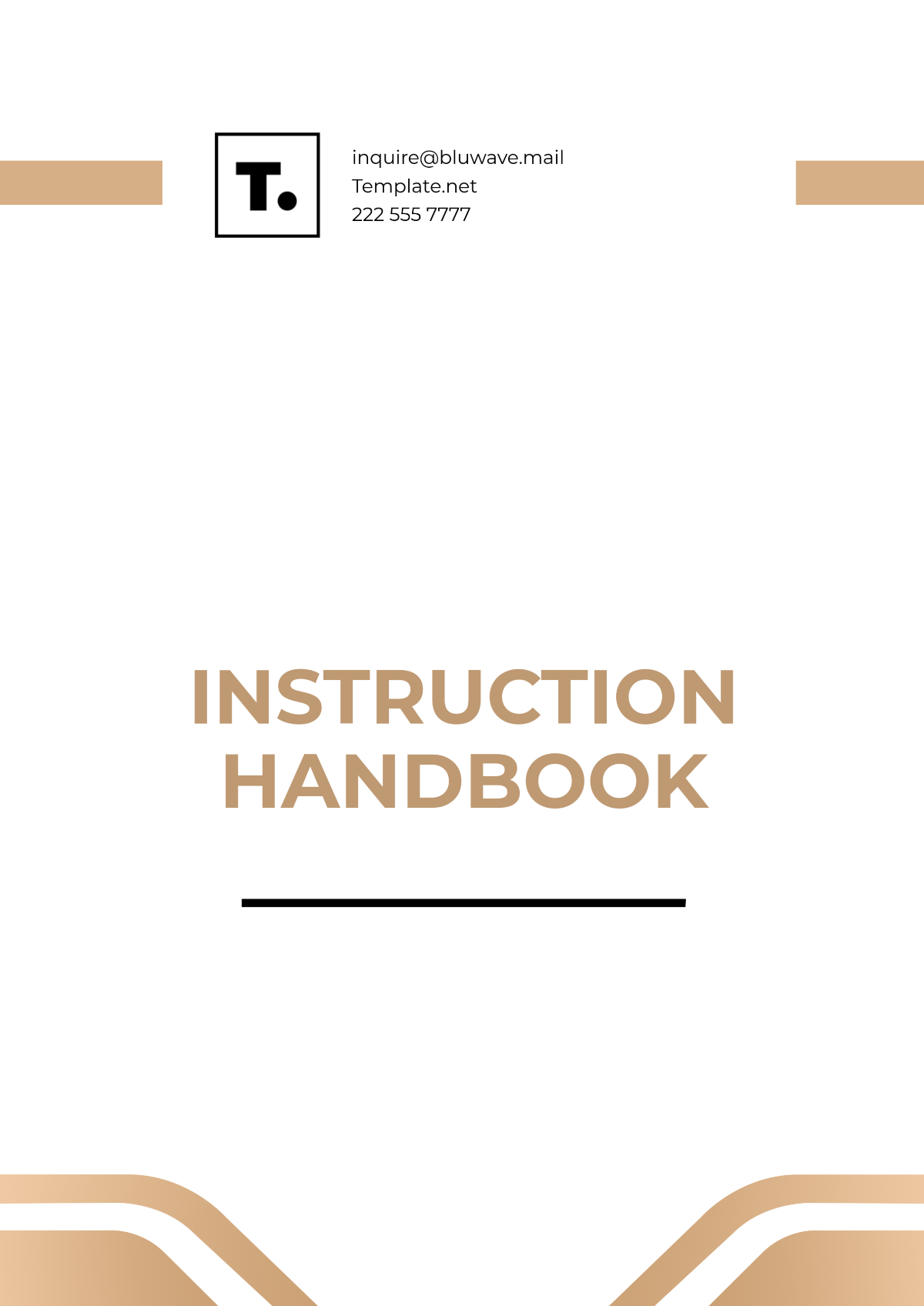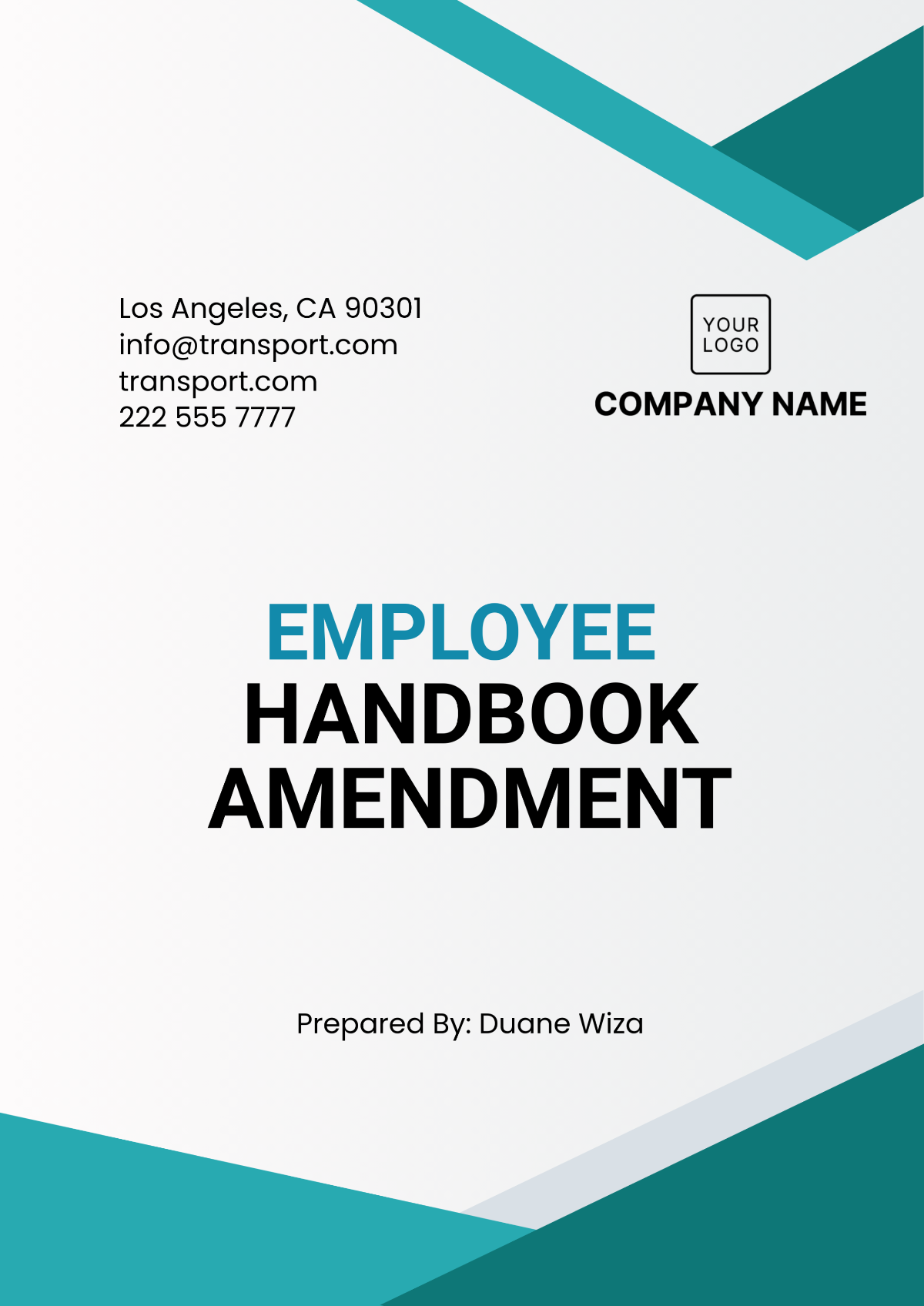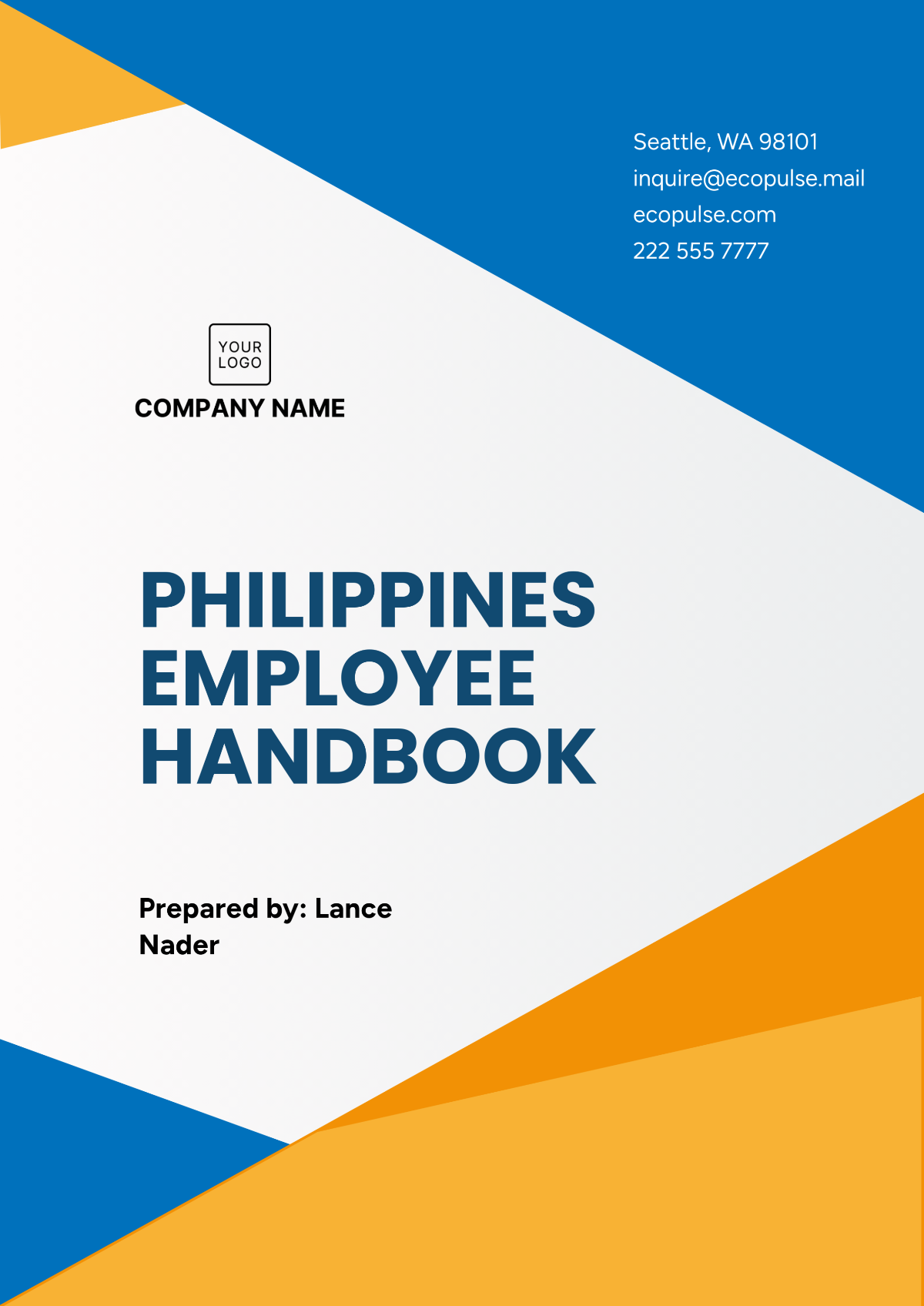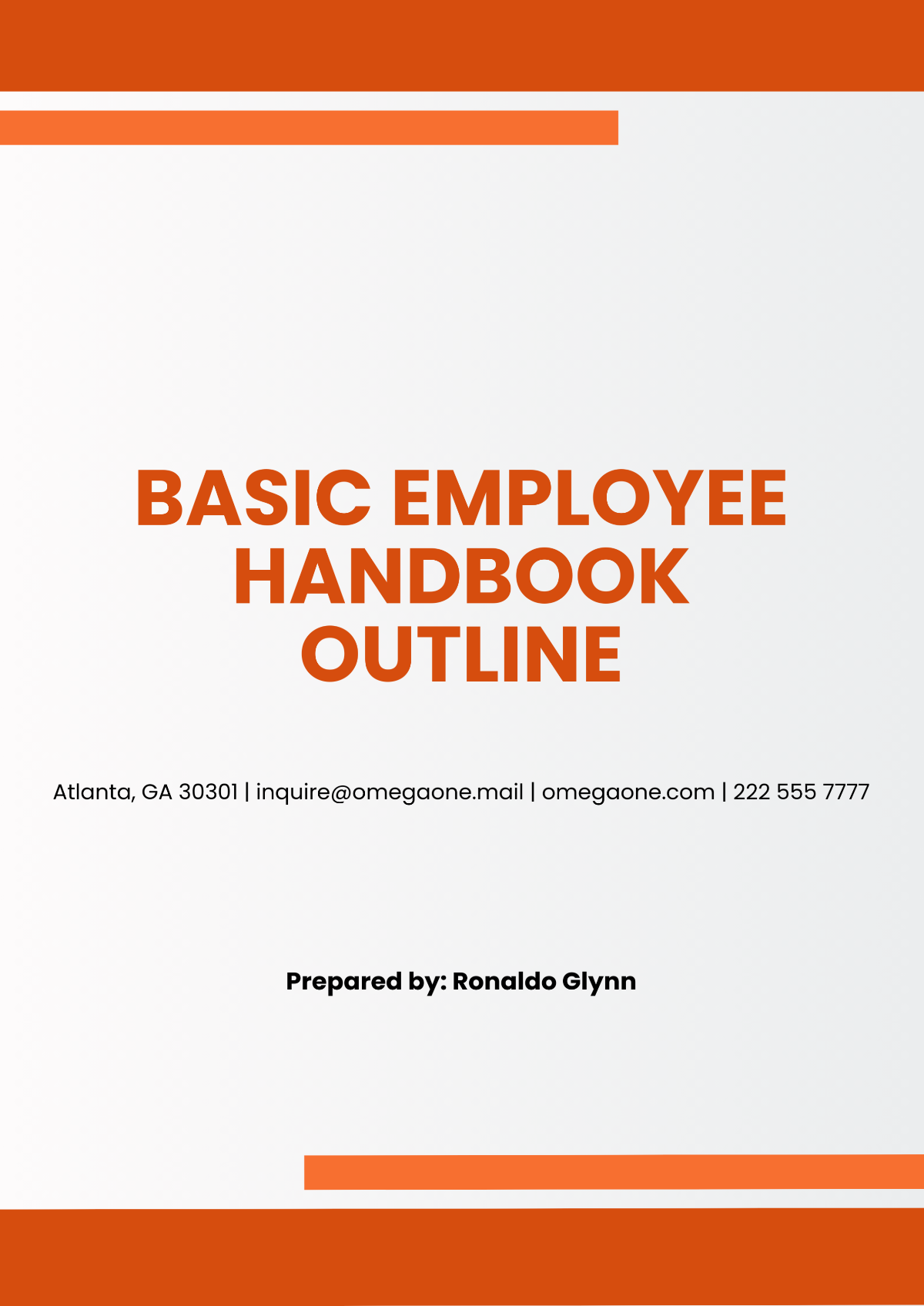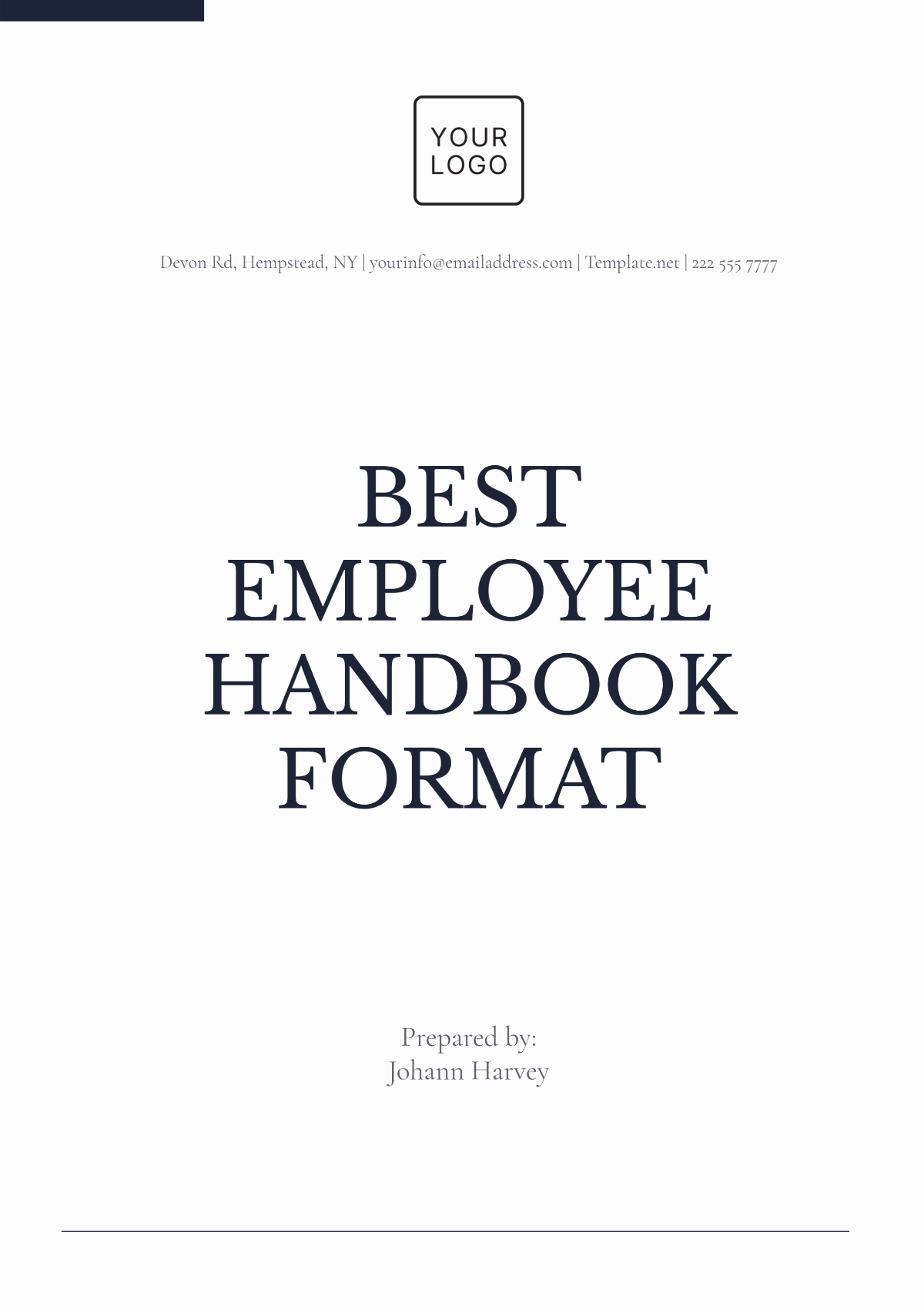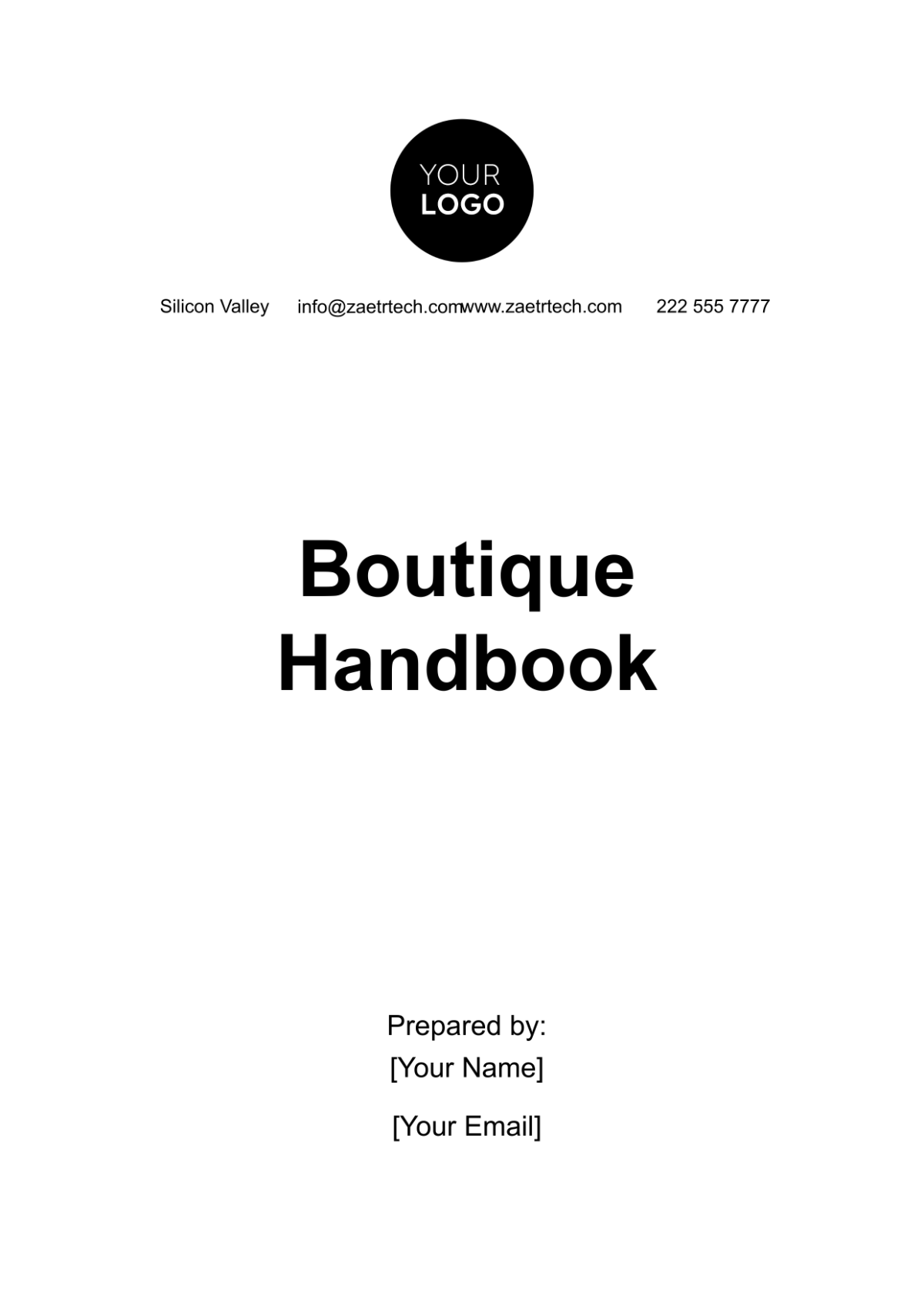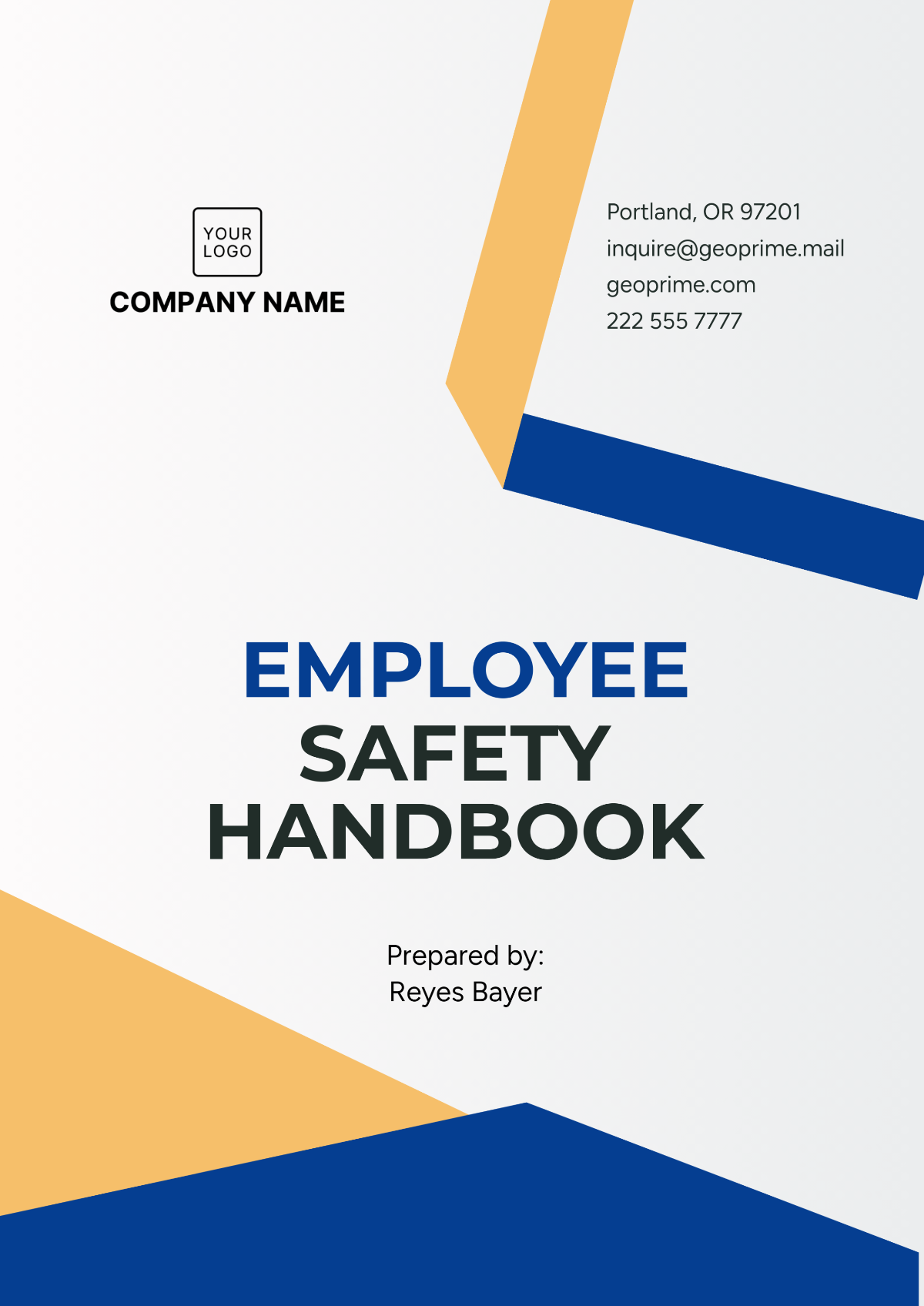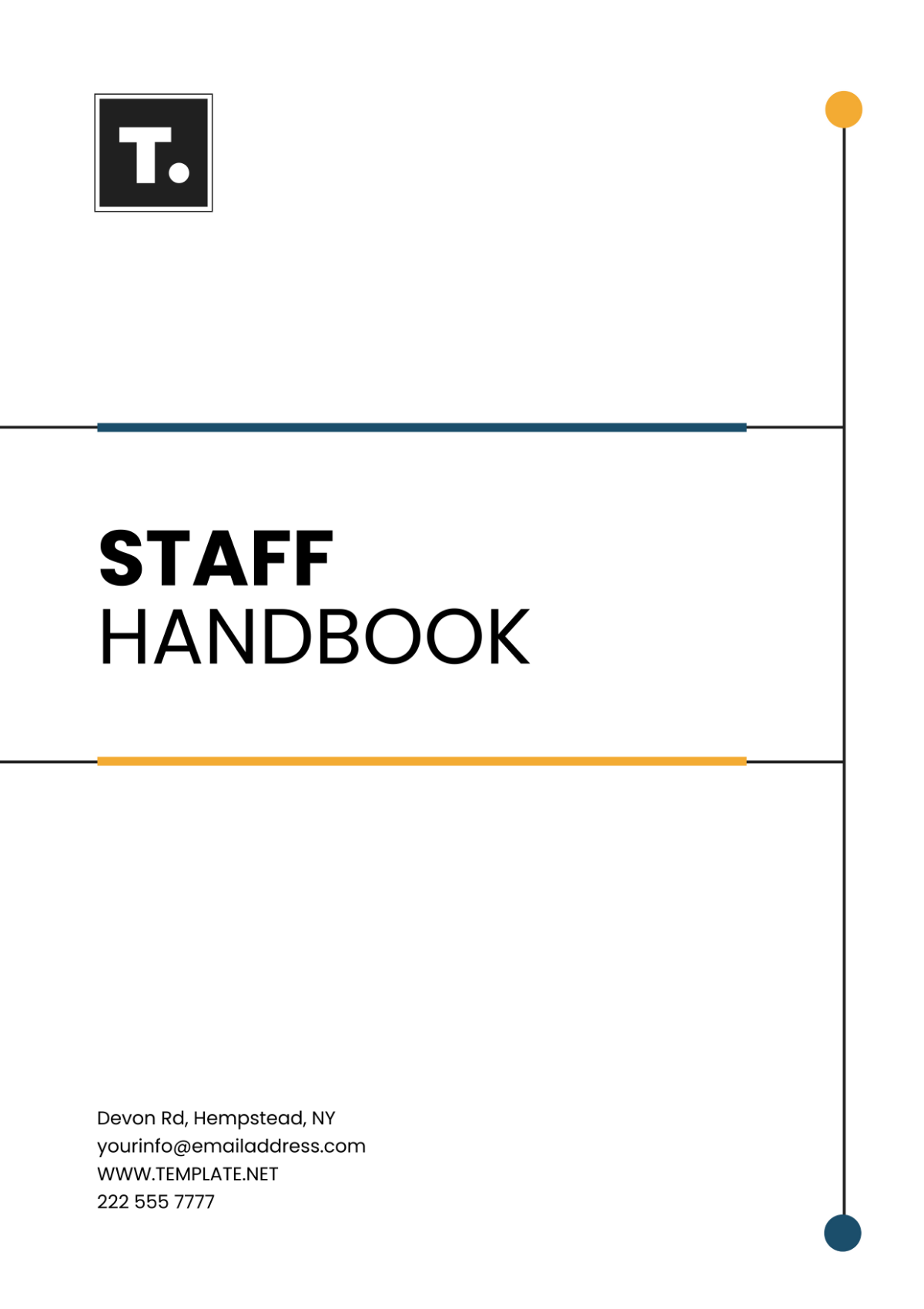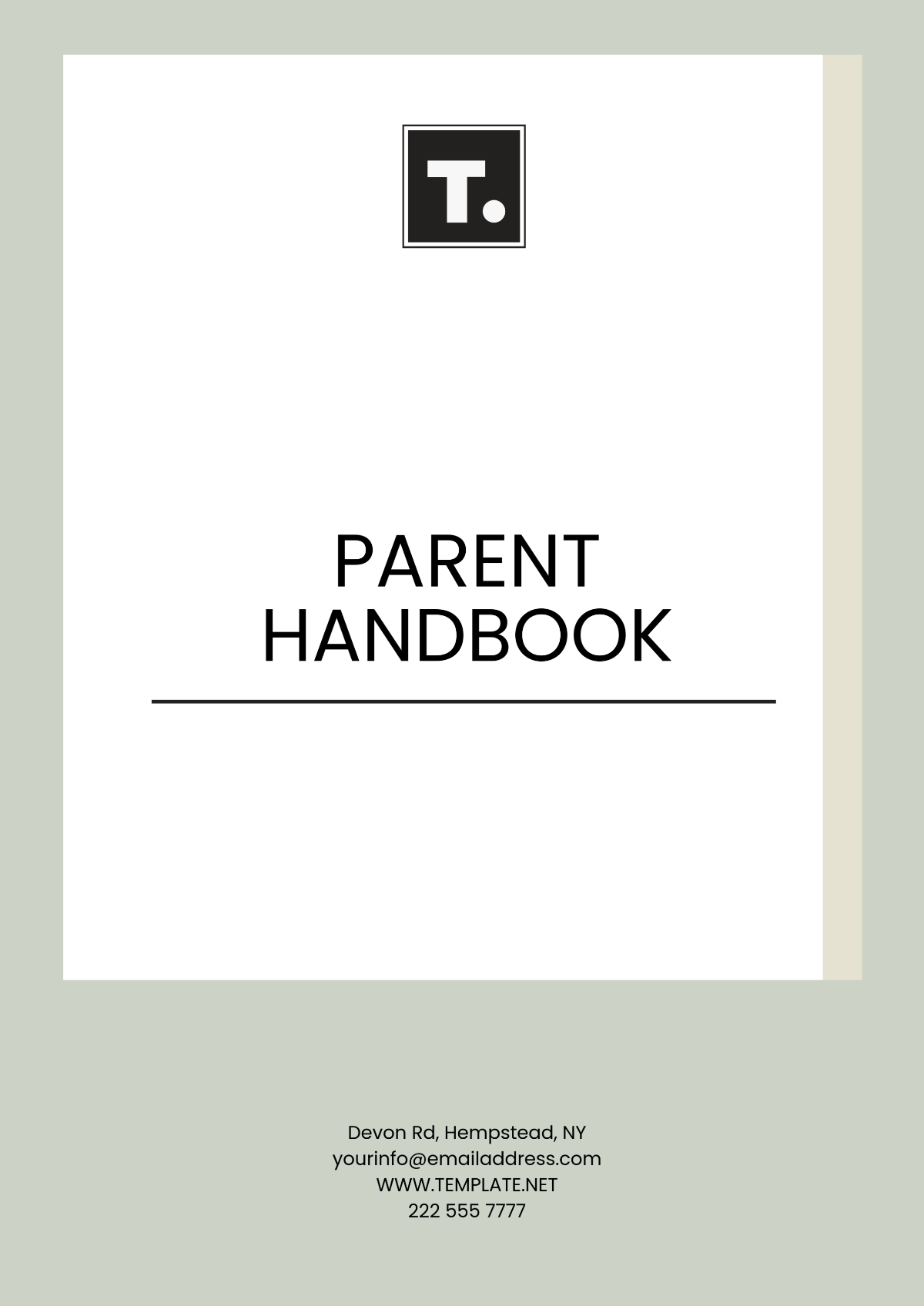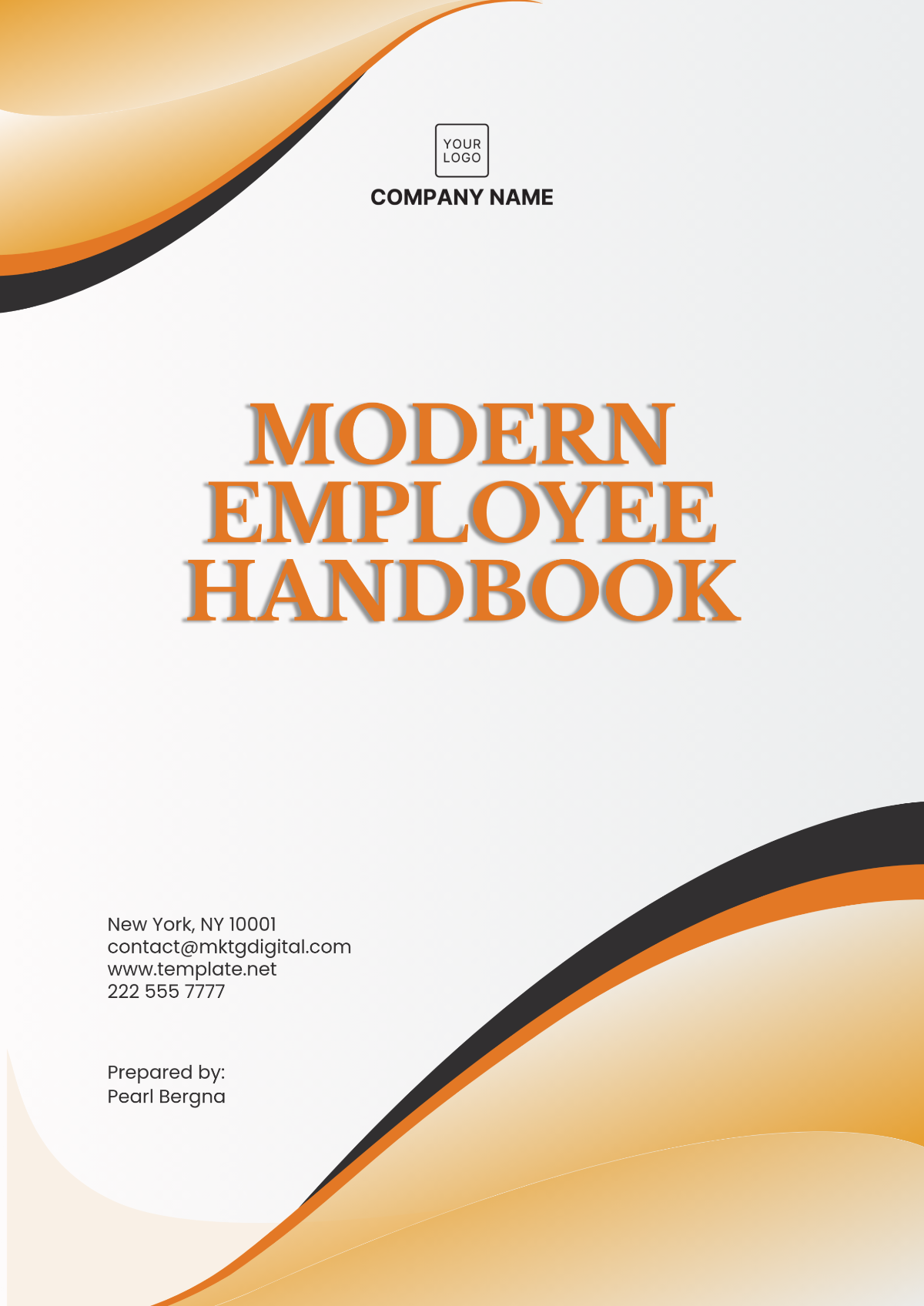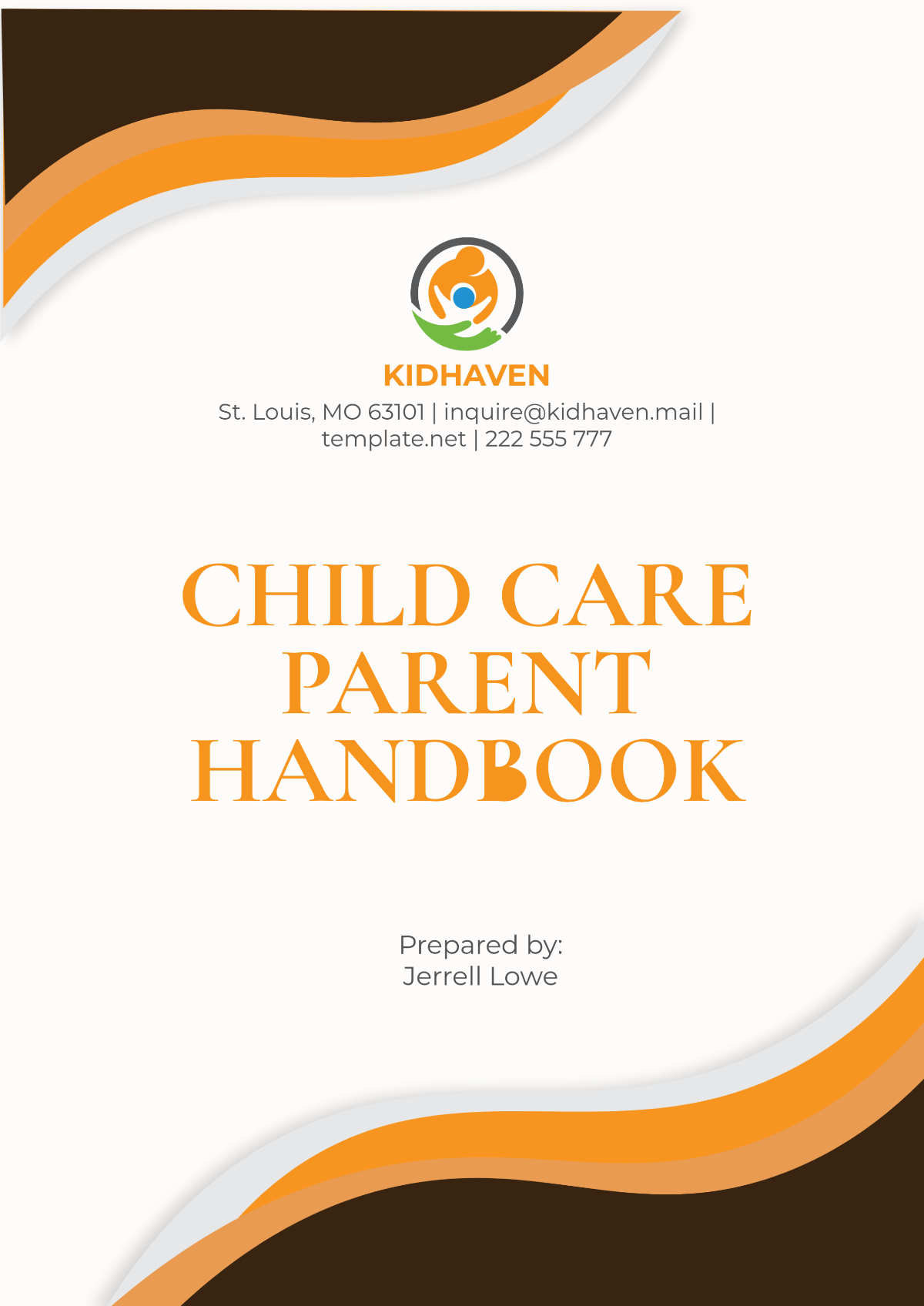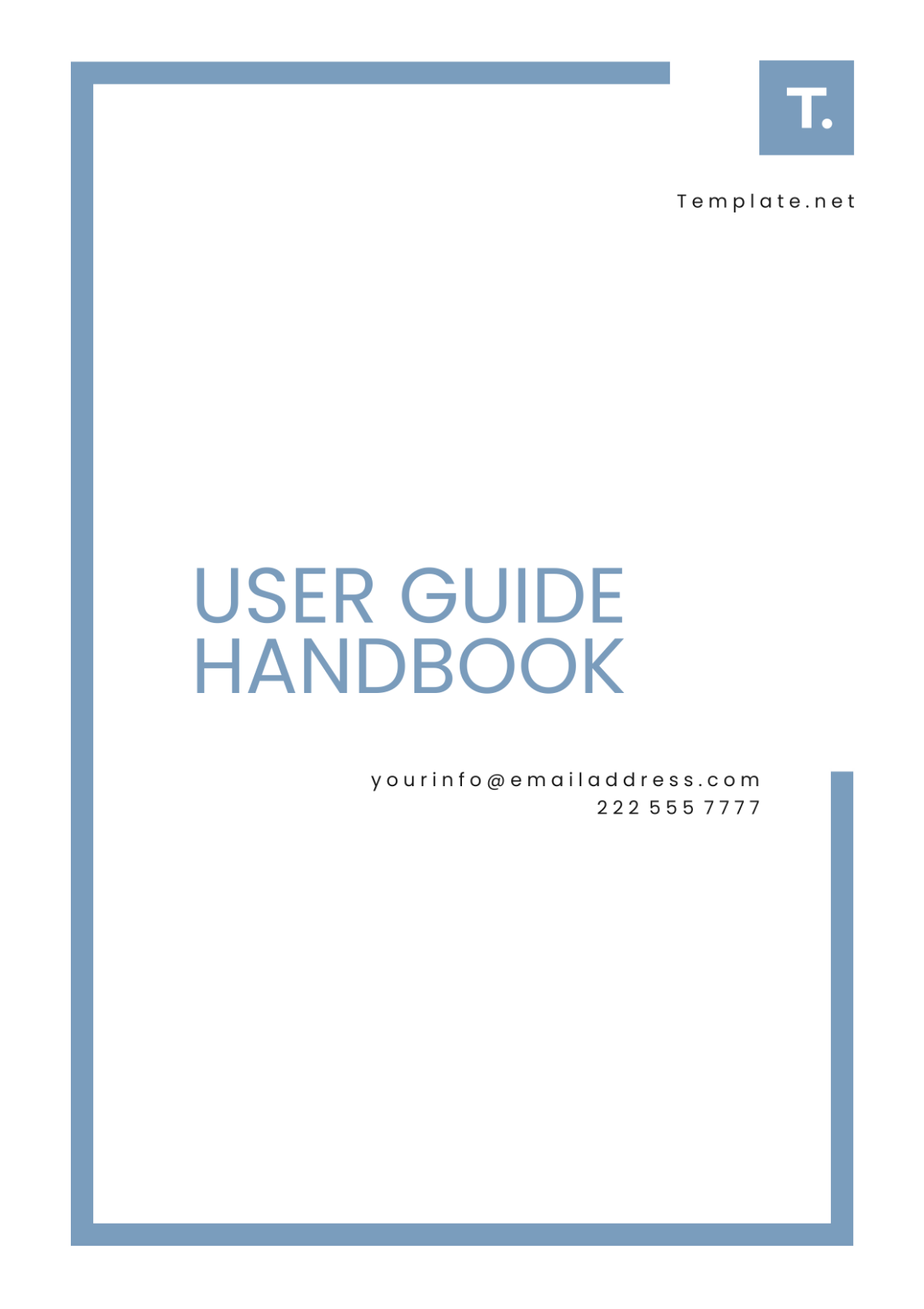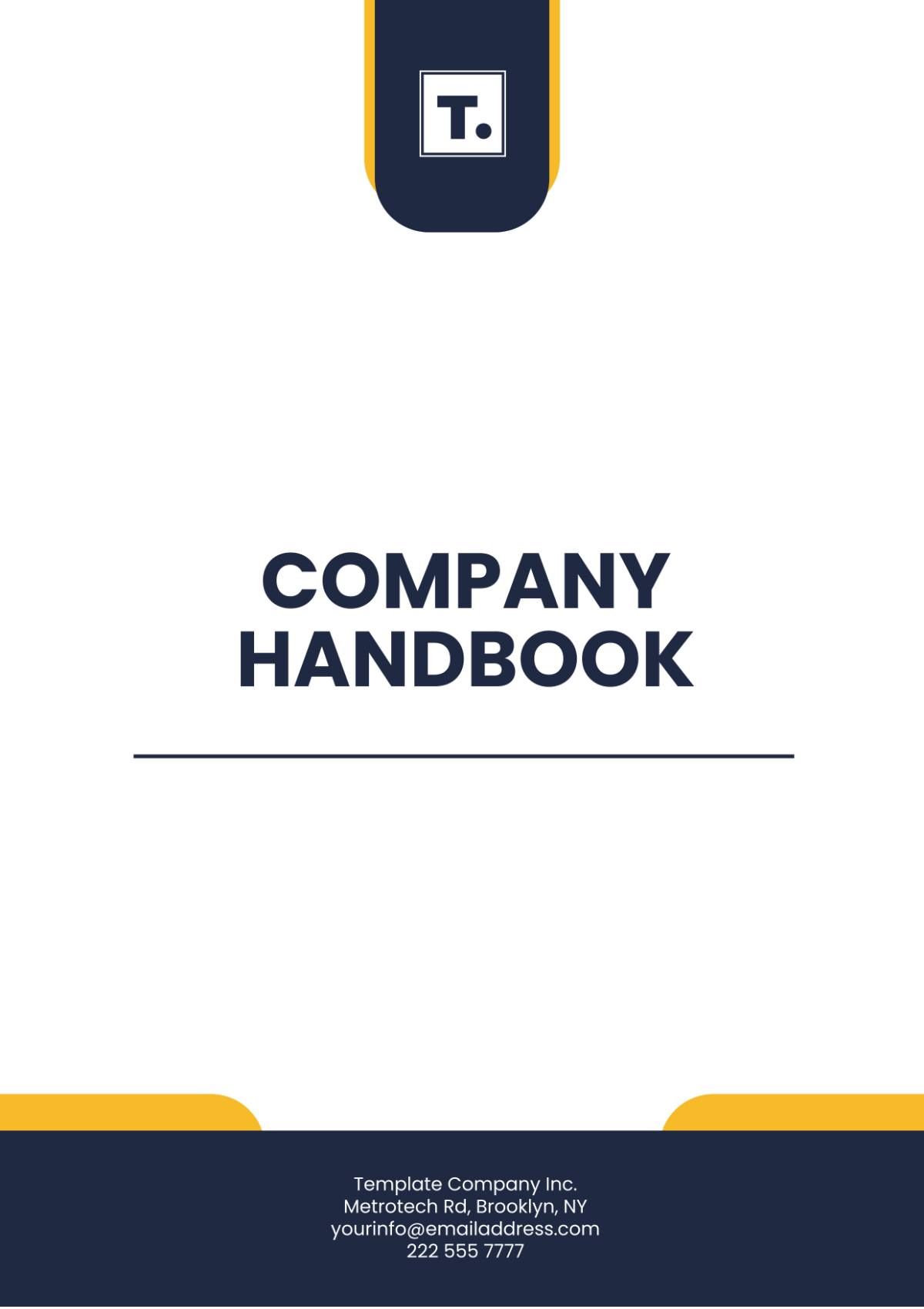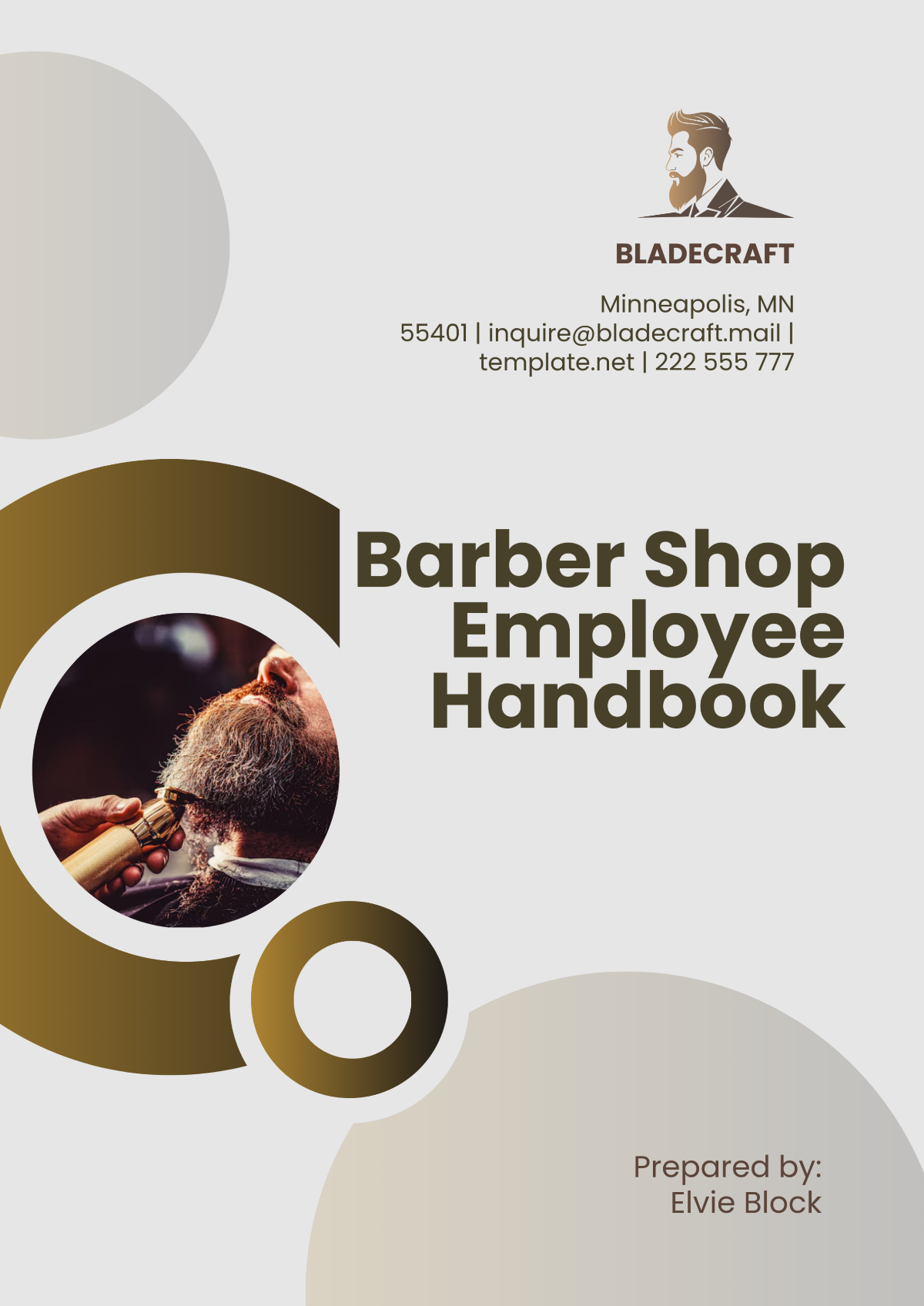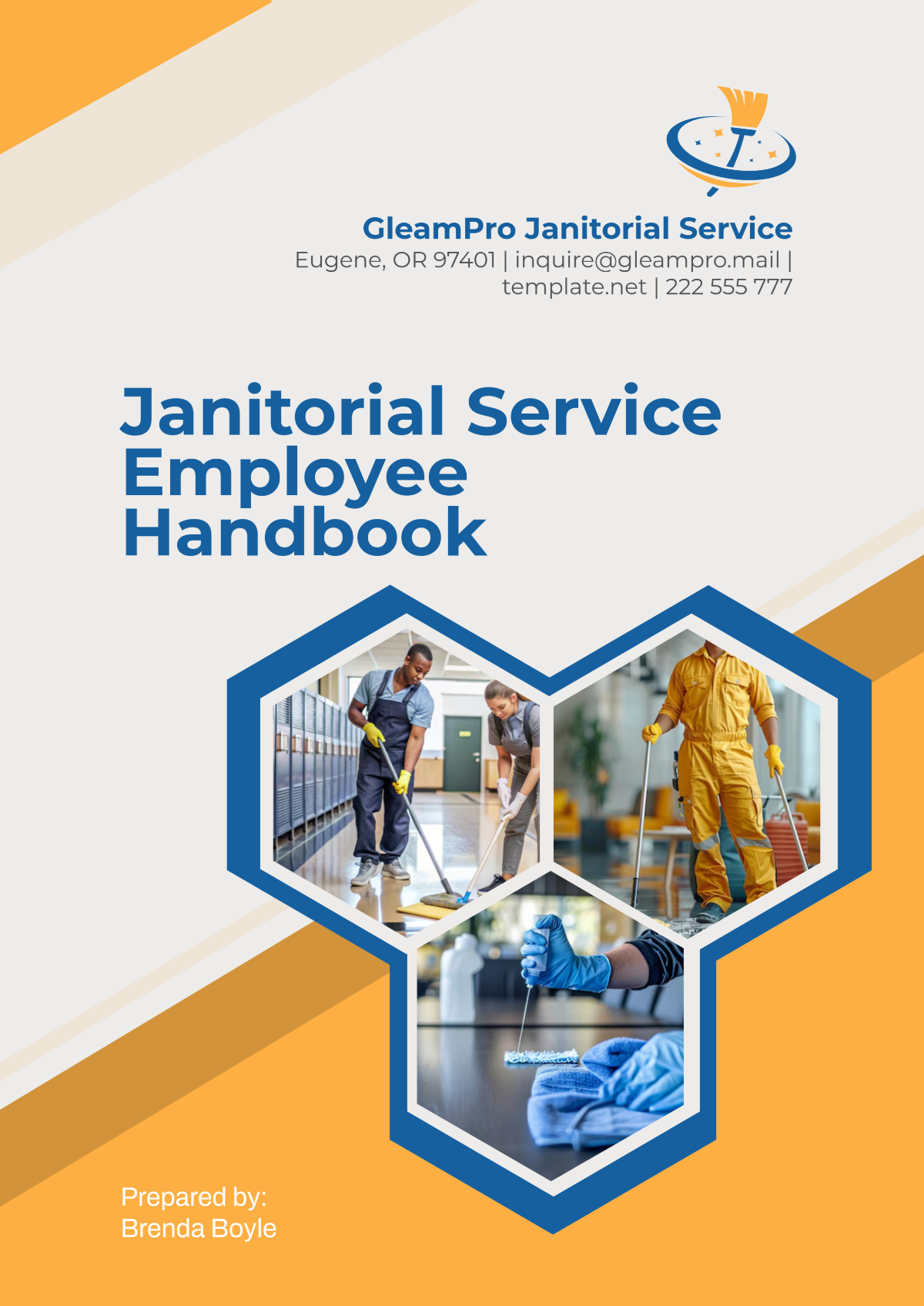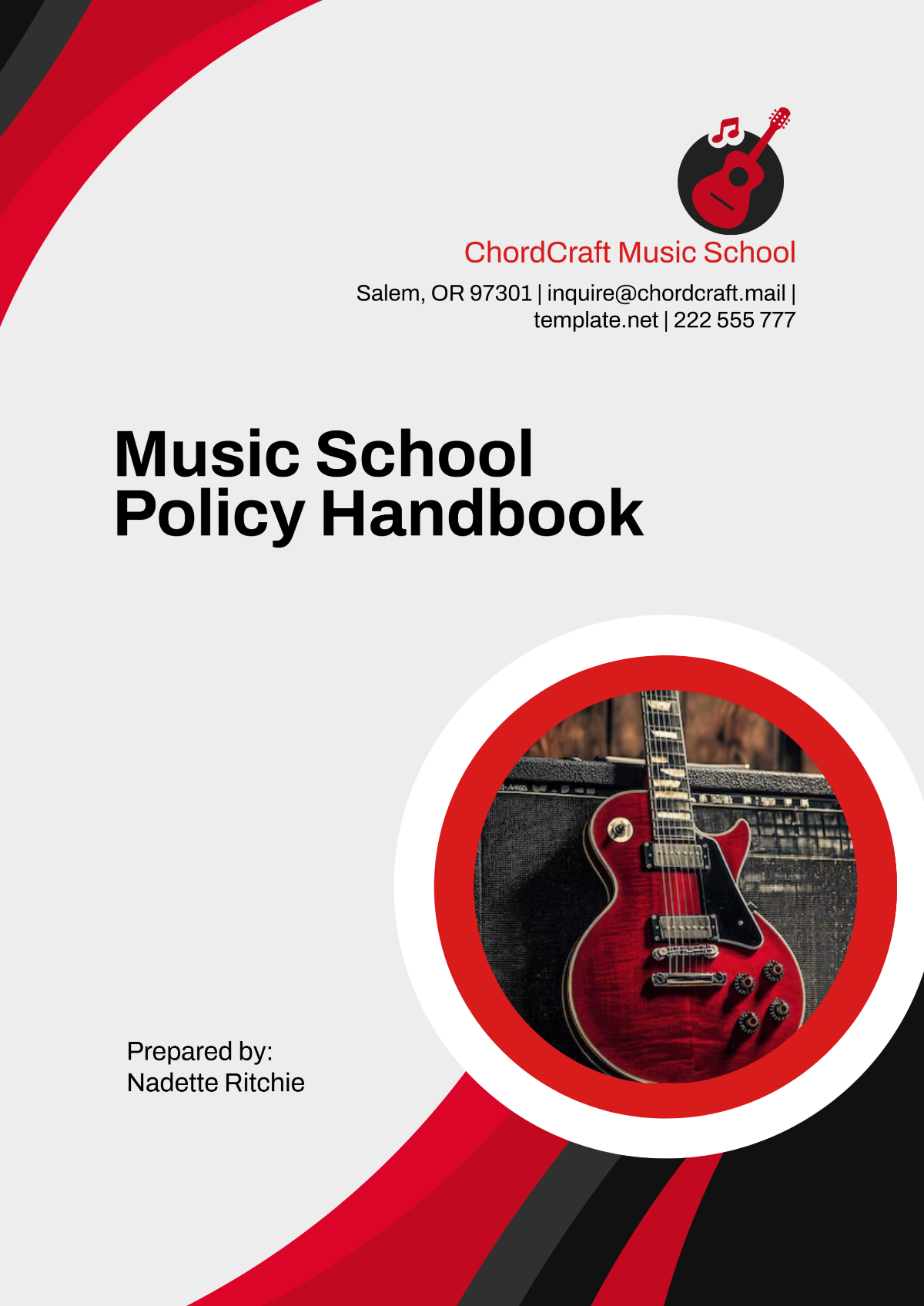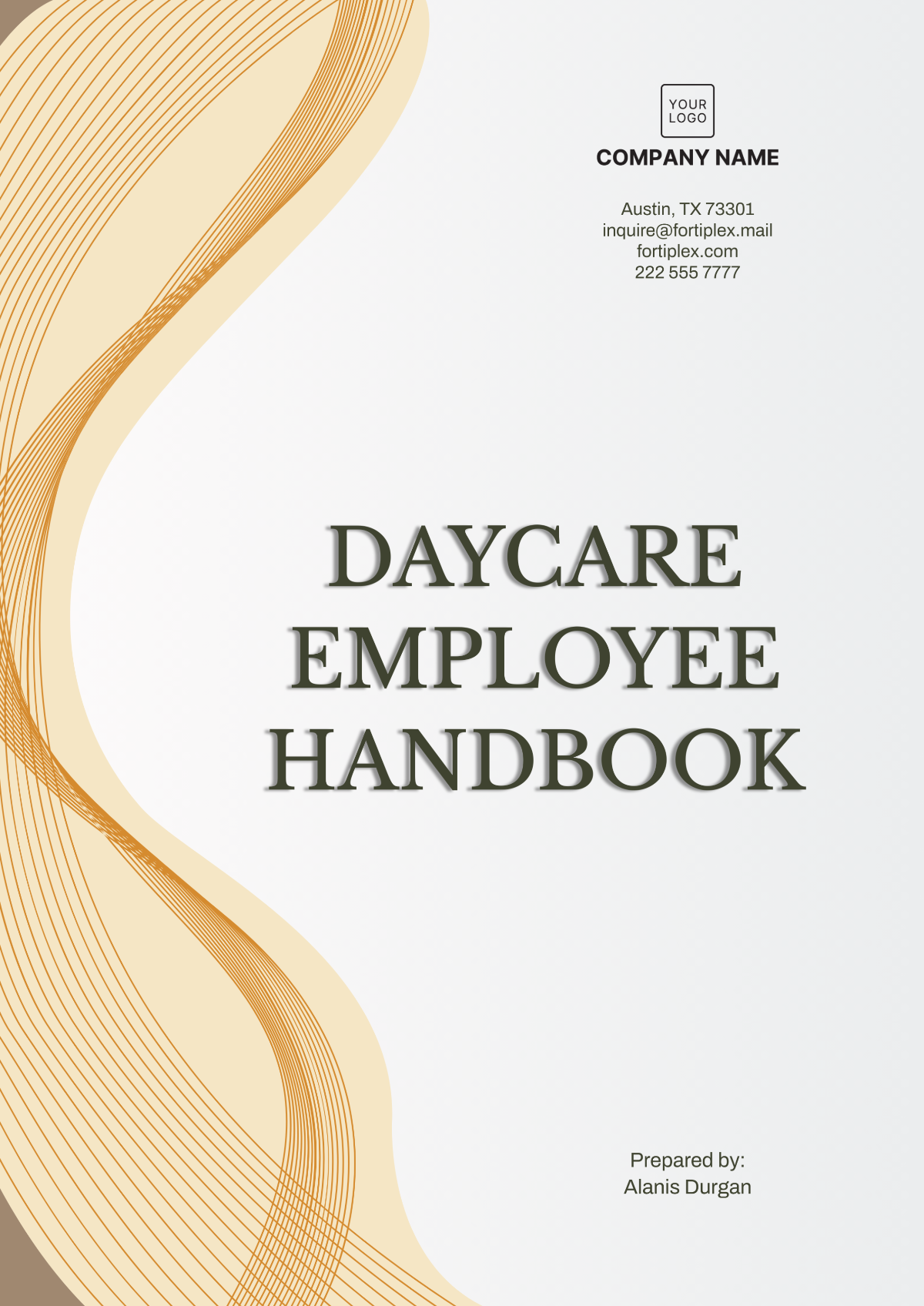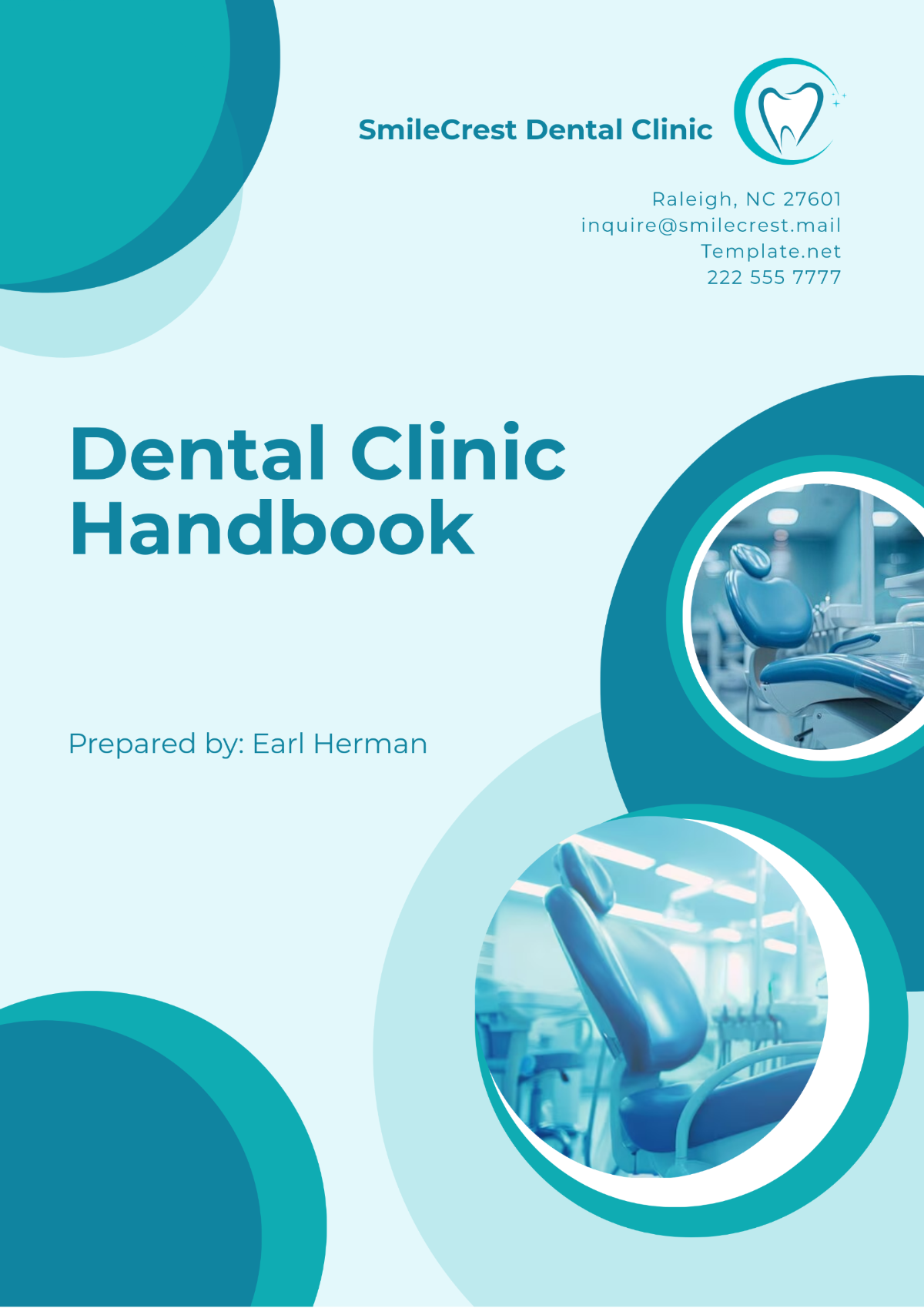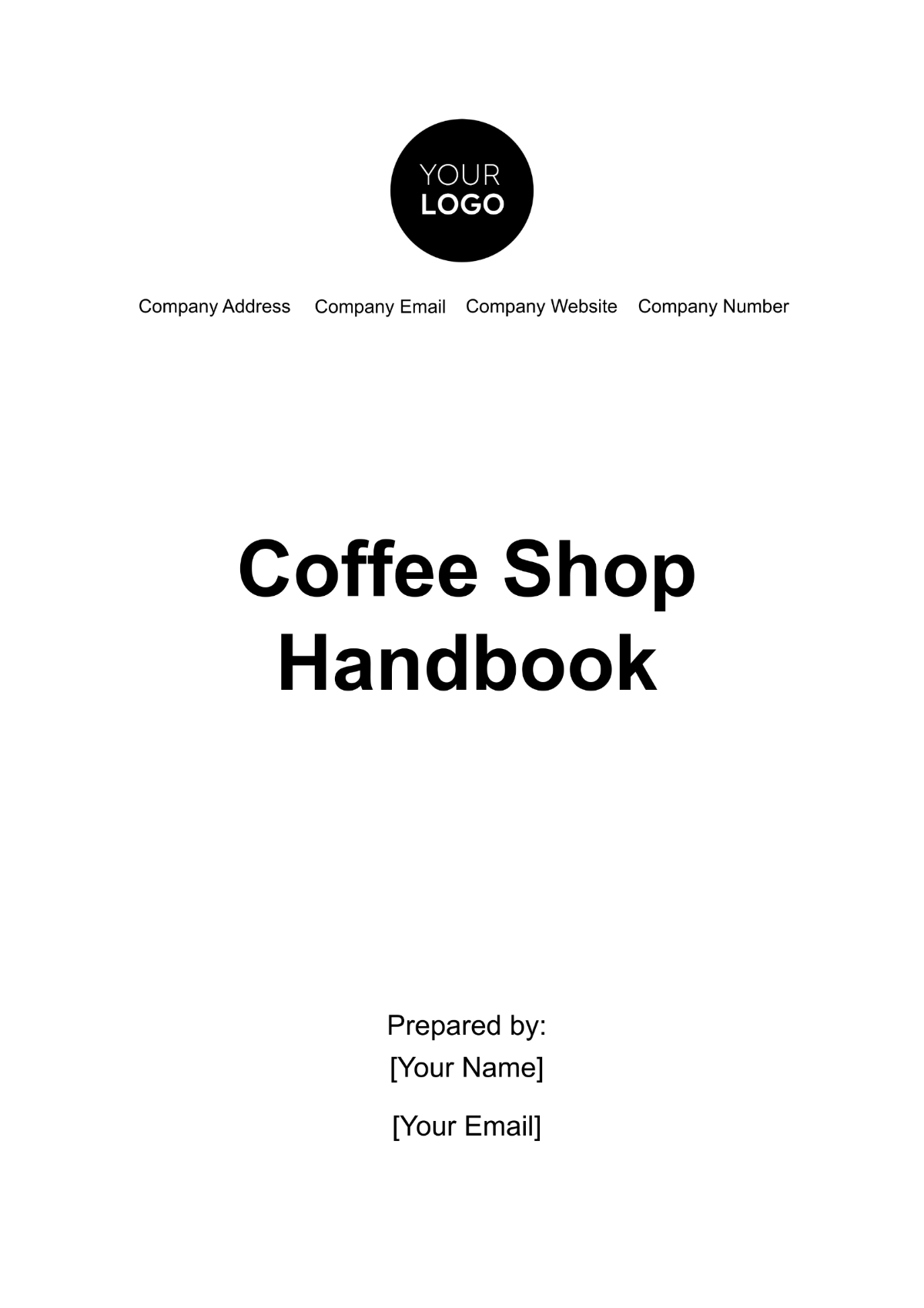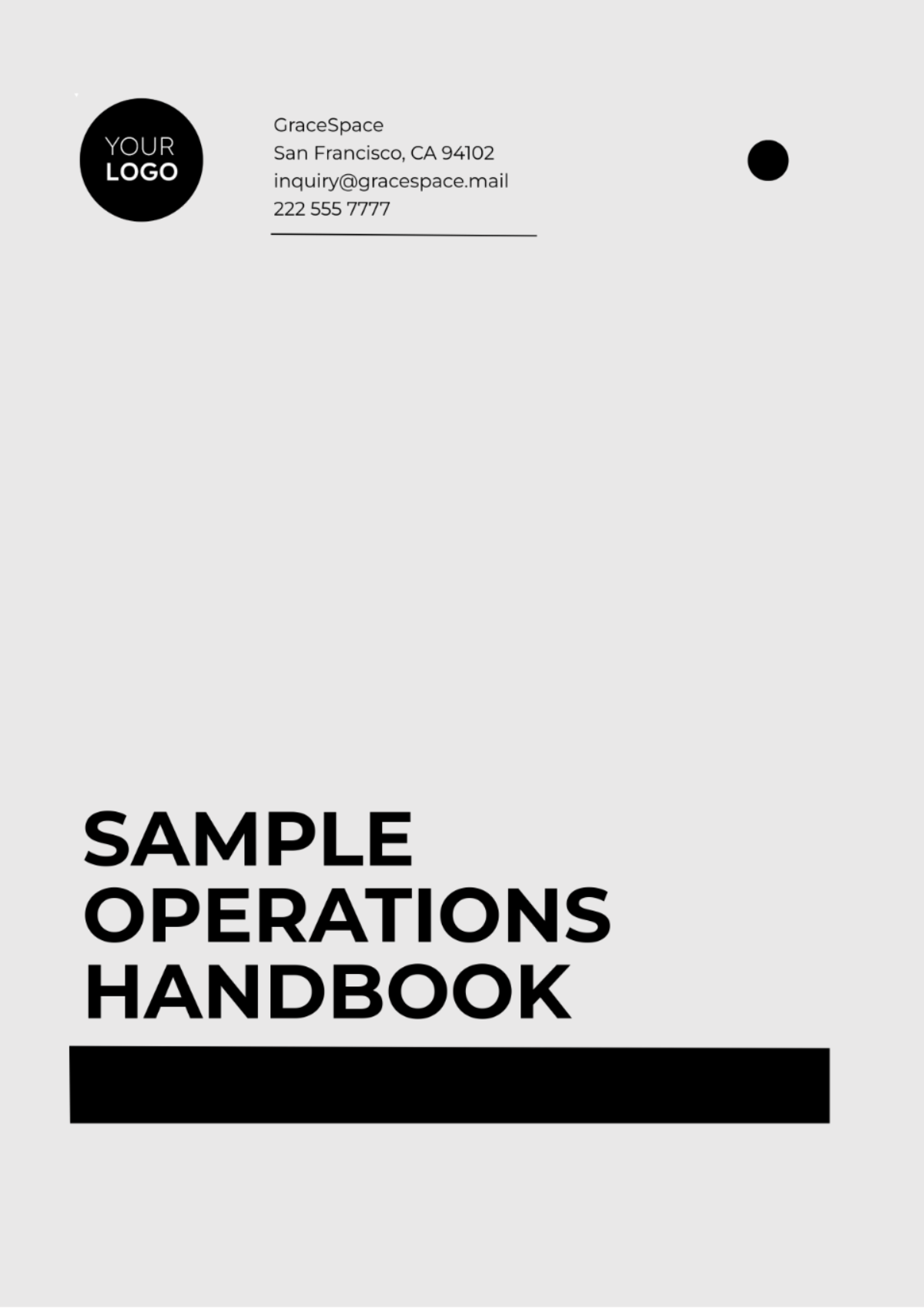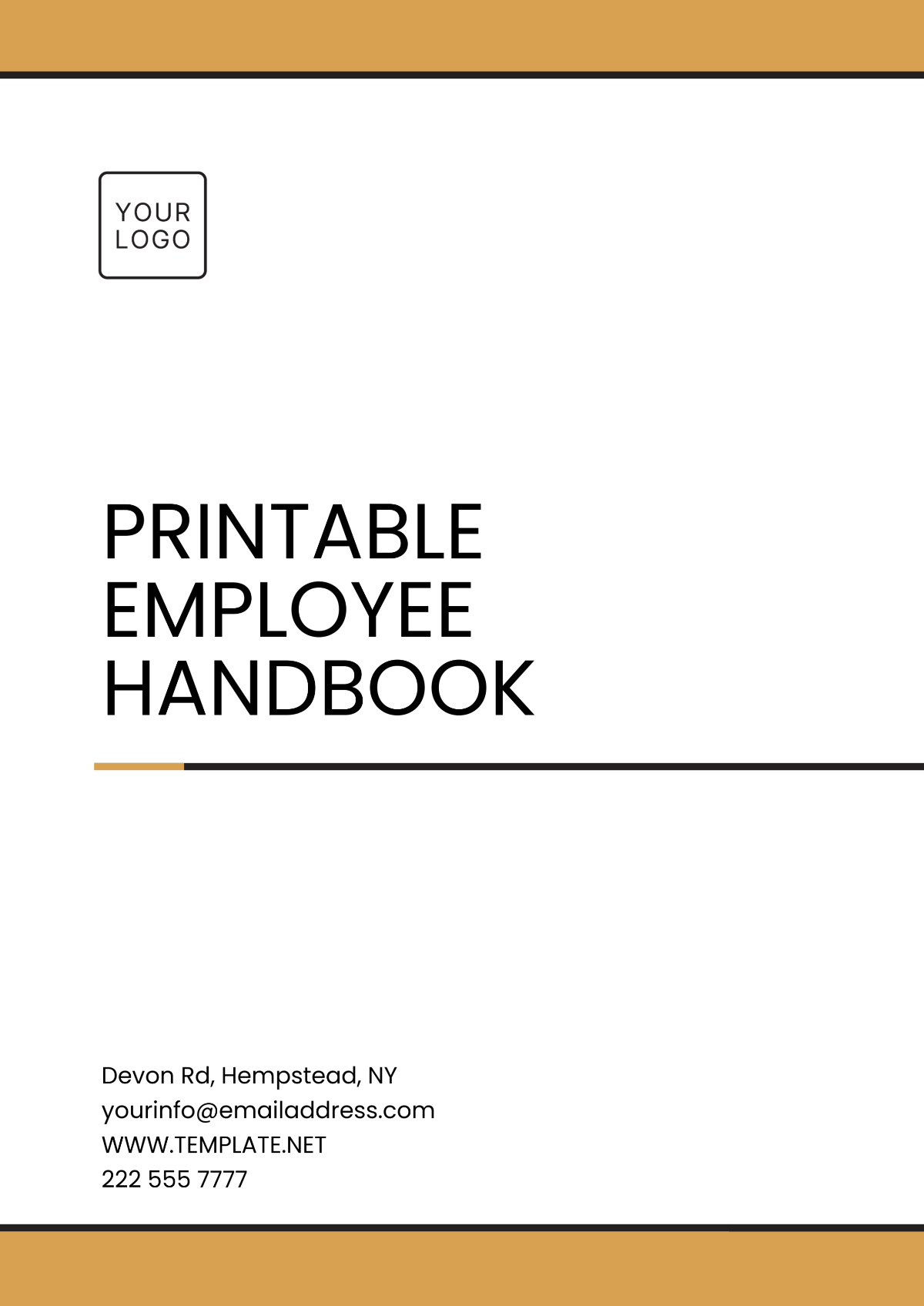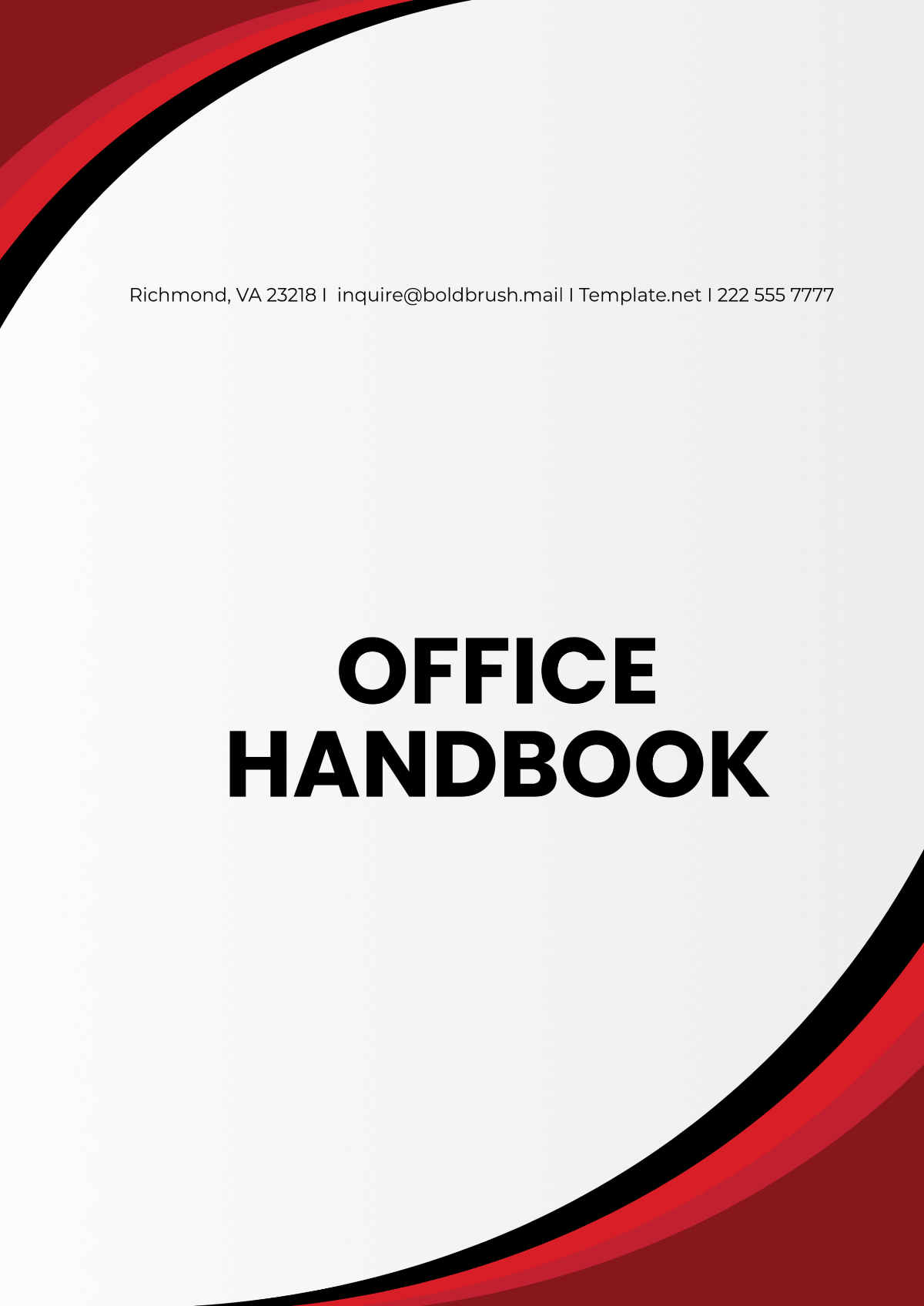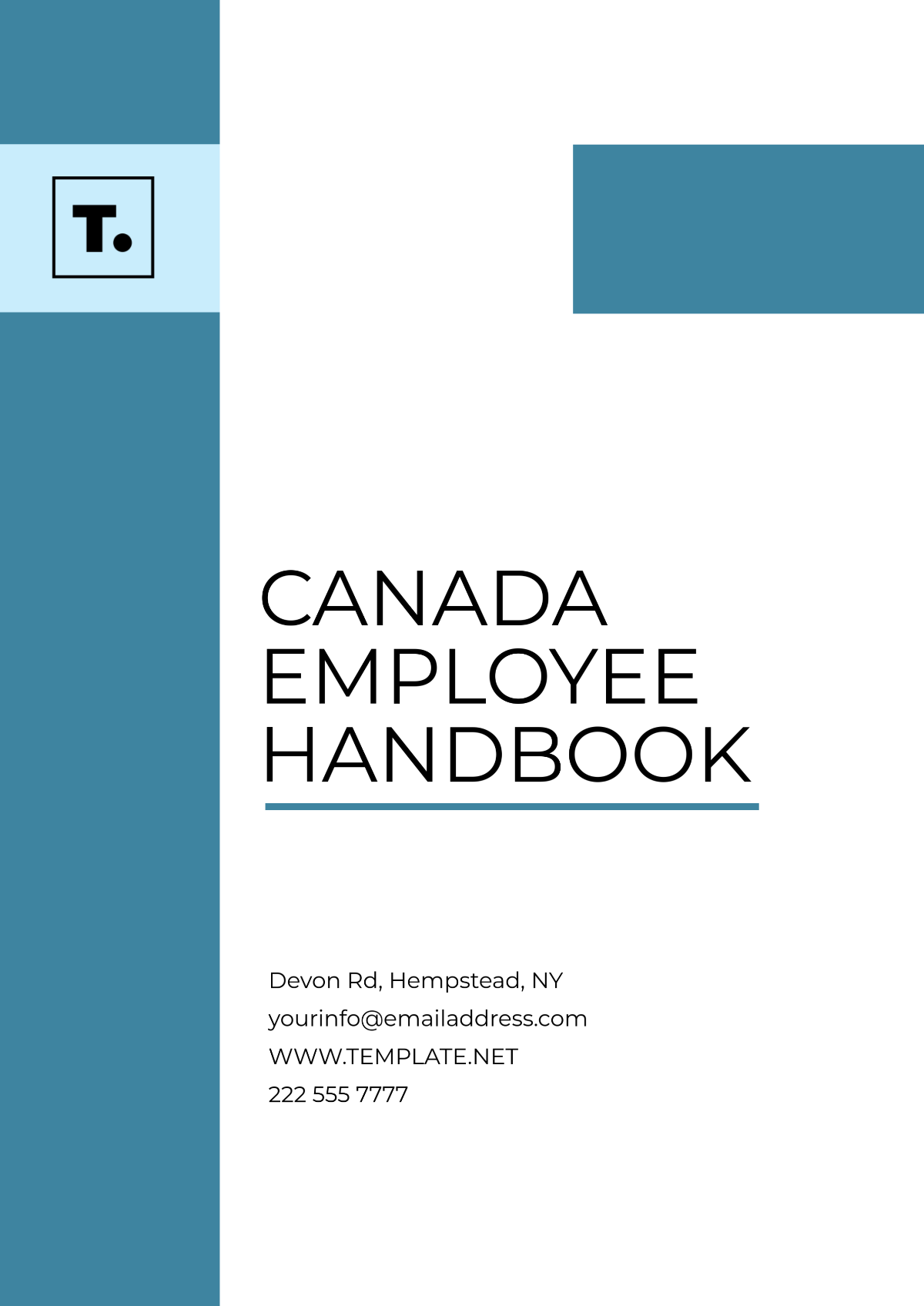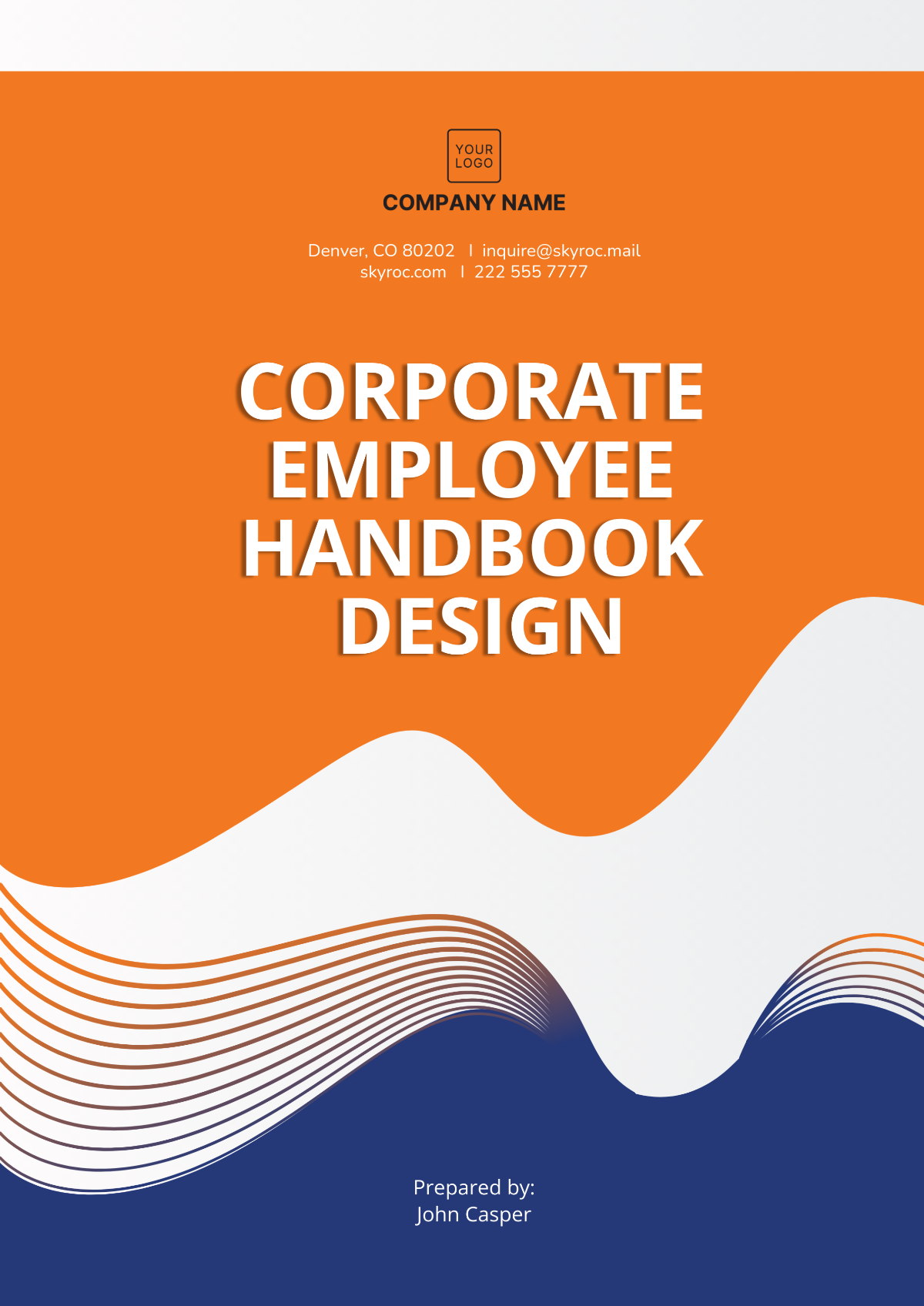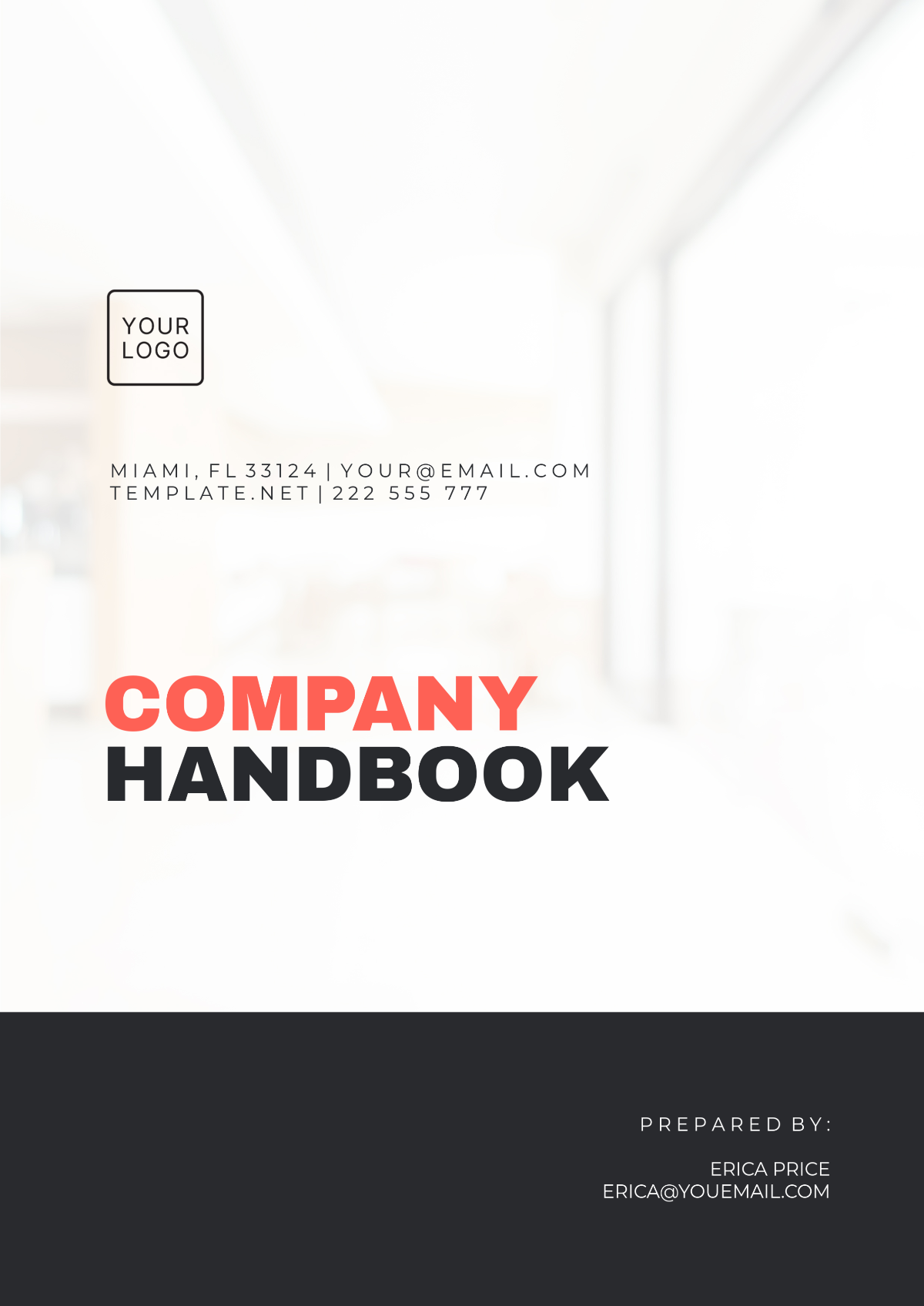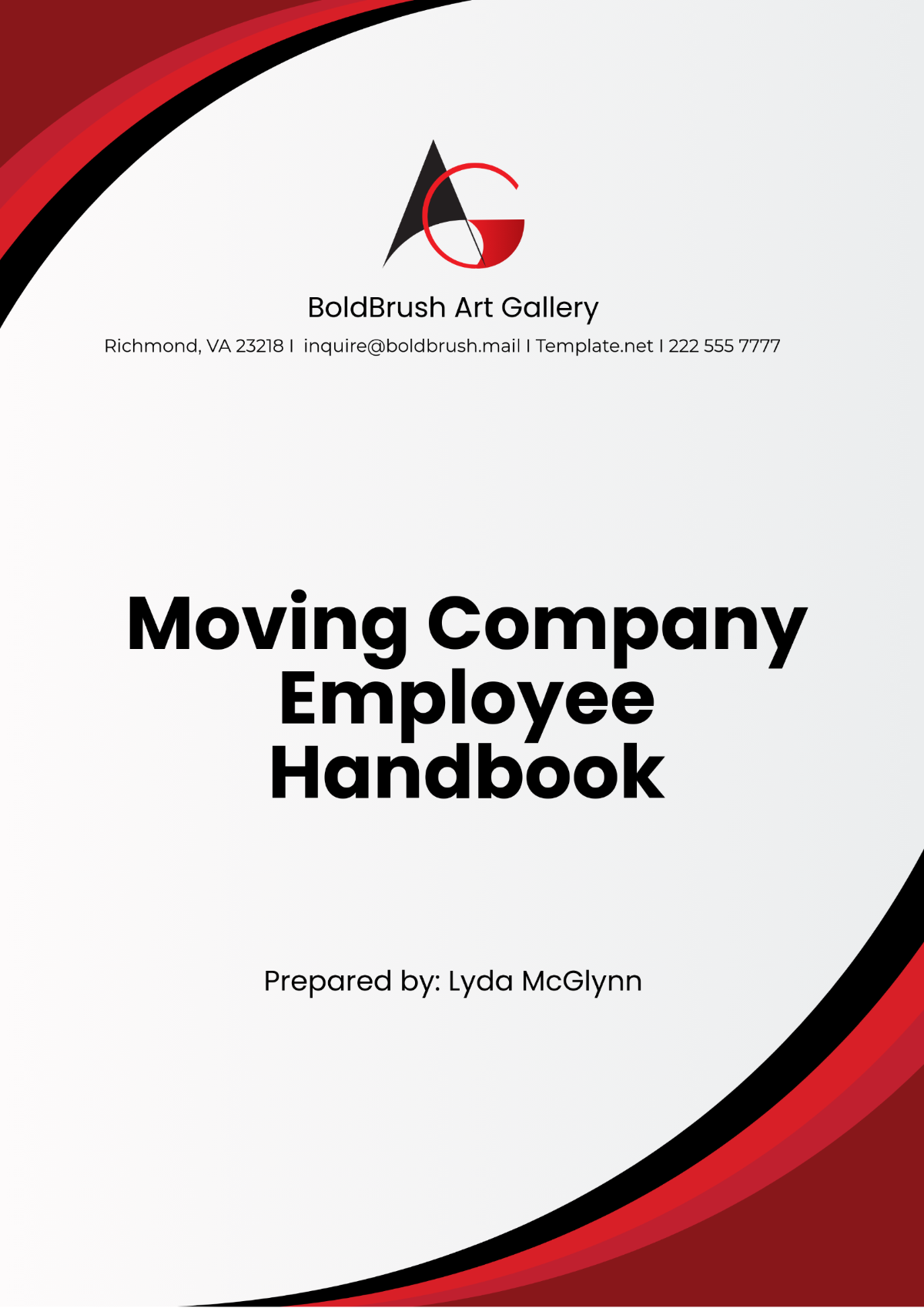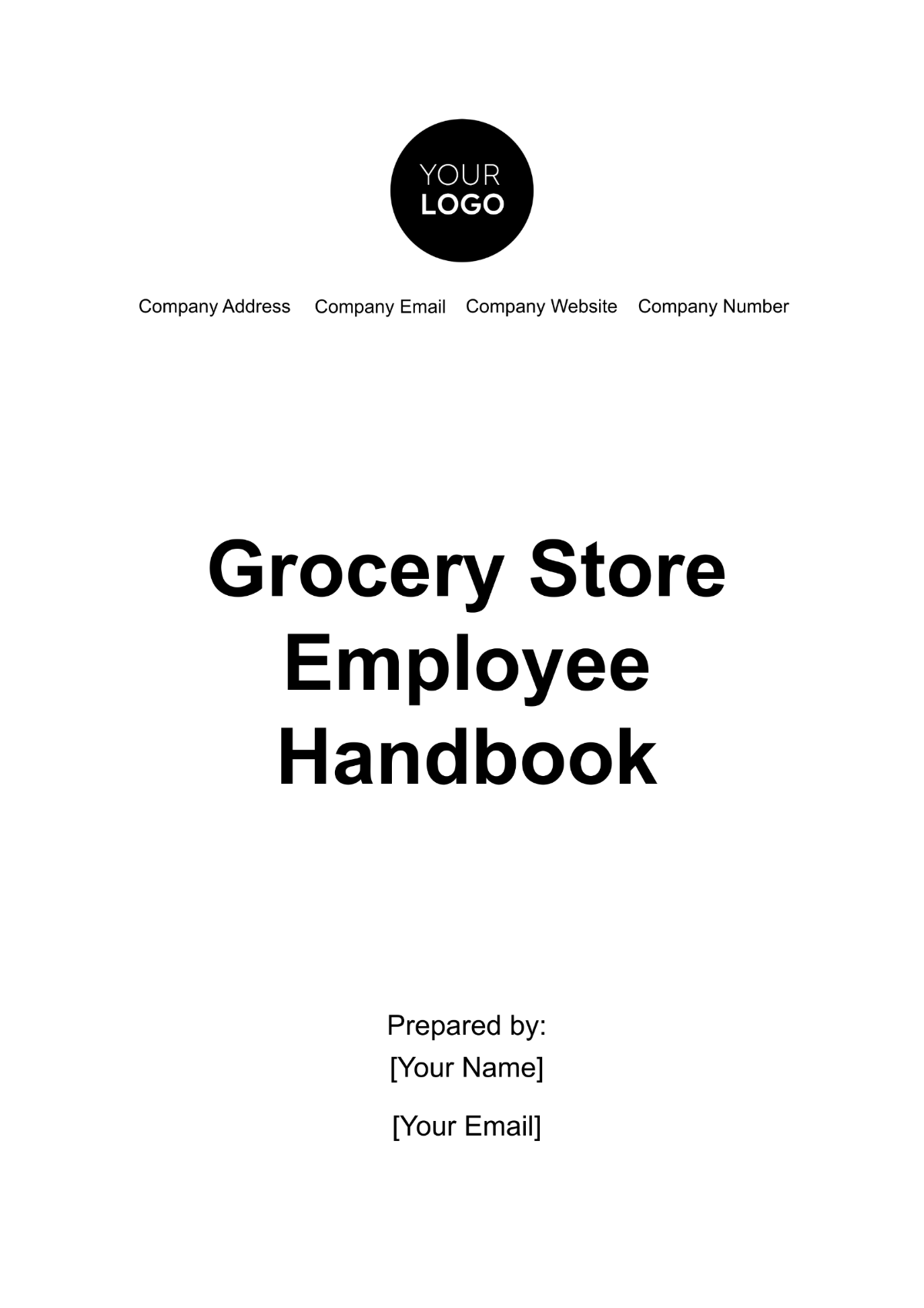Free Driver Handbook Template
Driver Handbook
Welcome to the [YOUR COMPANY NAME] Driver Safety Handbook. This comprehensive guide is designed to provide you with the knowledge and practical skills needed to drive safely and defensively.
As part of our commitment to ensuring the safety of our drivers and the public, this handbook covers a wide range of policies, practices, and techniques. Whether you are a new driver or have been driving for years, it's important to read this handbook thoroughly and refer to it often.
I. Introduction
A. Purpose of the Handbook
This handbook is designed to enhance driving safety and awareness for all employees of [YOUR COMPANY NAME]. Driving is an integral part of our daily operations, and it is crucial that every driver is equipped with the knowledge and skills to operate vehicles safely.
This handbook will serve as your guide to understanding our driving policies, defensive driving techniques, and how to handle emergencies.
B. Scope of the Handbook
This guide is applicable to all employees of [YOUR COMPANY NAME] who operate company vehicles or personal vehicles for company business. The practices outlined in this handbook are mandatory and must be followed to ensure personal safety and the safety of others on the road.
Compliance with these guidelines is also necessary for maintaining company insurance and liability standards.
II. Company Driving Policies
A. Eligibility to Drive Company Vehicles
To be eligible to drive a company vehicle, employees must have a valid driver’s license, be over the age of [Minimum Age], and have undergone a background check including a driving history review by [YOUR COMPANY NAME].
Documentation of driving certifications or special licenses should be submitted to the HR department before vehicle operation.
B. Personal Vehicle Use for Company Business
If you are using your personal vehicle for company purposes, it is important that your vehicle is maintained according to the manufacturer's recommendations and that it complies with all state safety standards.
Employees must provide proof of insurance with a minimum coverage amount specified by [YOUR COMPANY NAME], and must notify their manager of any changes in insurance policy or vehicle status.
III. Safe Driving Practices
A. General Guidelines
When driving, always wear your seatbelt and ensure that all passengers do the same. Avoid using mobile devices such as phones or tablets while driving, except through hands-free technology. Always adhere to traffic laws and signs, and be aware of road conditions.
Never drive when you are under the influence of alcohol or drugs, including prescription and over-the-counter medication that can impair your ability to drive.
B. Defensive Driving Techniques
Defensive driving is about anticipating potential hazards and reacting calmly. Always keep a safe distance between your vehicle and the one in front of you — a good rule is the three-second rule.
Regularly check your mirrors and blind spots, and always signal before turning or changing lanes. Be especially cautious in adverse weather conditions and adjust your speed accordingly.
IV. Accident Procedures
A. Immediate Steps
In the event of an accident, your first priority should be safety. Assess yourself and any passengers for injuries. If it’s safe, move your vehicle out of traffic. Turn on your hazard lights and set up emergency cones if available.
Call emergency services if necessary, and then contact [YOUR COMPANY NAME] at [YOUR COMPANY NUMBER] for further instructions.
B. Reporting the Accident
All accidents, no matter how minor, must be reported to your supervisor immediately. Provide a detailed report including the date, time, and location of the accident, a description of the incident, and any other parties involved.
Photographs can be valuable, so safely take pictures of the scene if possible. This information will be crucial for insurance and legal purposes.
V. Maintenance and Vehicle Care
Keeping company vehicles in good working order is essential for safe operation. All vehicles should be serviced at intervals recommended by the manufacturer or more frequently if indicated by vehicle performance.
Any potential issues with vehicle operation should be reported immediately to the fleet management team. Keep the vehicle clean and free from unnecessary items that could become hazards.
VI. Training and Resources
[YOUR COMPANY NAME] provides ongoing training in safe driving techniques and vehicle maintenance. New drivers will receive comprehensive training, and all drivers must attend annual refresher courses. External courses and materials are also available and can be found on [YOUR COMPANY WEBSITE].
VII. Handbook Amendments and Updates
This handbook is subject to changes and updates which reflect new laws and improvements in driving practices. Keep an eye out for communications from [YOUR COMPANY NAME] regarding updates.
The most current version of this handbook can always be found on our internal website or requested from the HR department.
Revision | Date | Changes | Updated By |
|---|---|---|---|
1.0 | [Date] | Initial release | [YOUR NAME] |
This handbook is a starting point for safe driving practices, but it is every driver's responsibility to maintain high standards of safety on the road. Always drive conscientiously and consider the well-being of others.
If you have any questions, please don't hesitate to reach out to your supervisor or the HR department for assistance.
